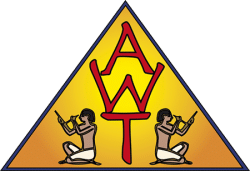
The Nefertiti and Nefertari, Bill Manley adventure began in Cairo with a full day in Saqqara.
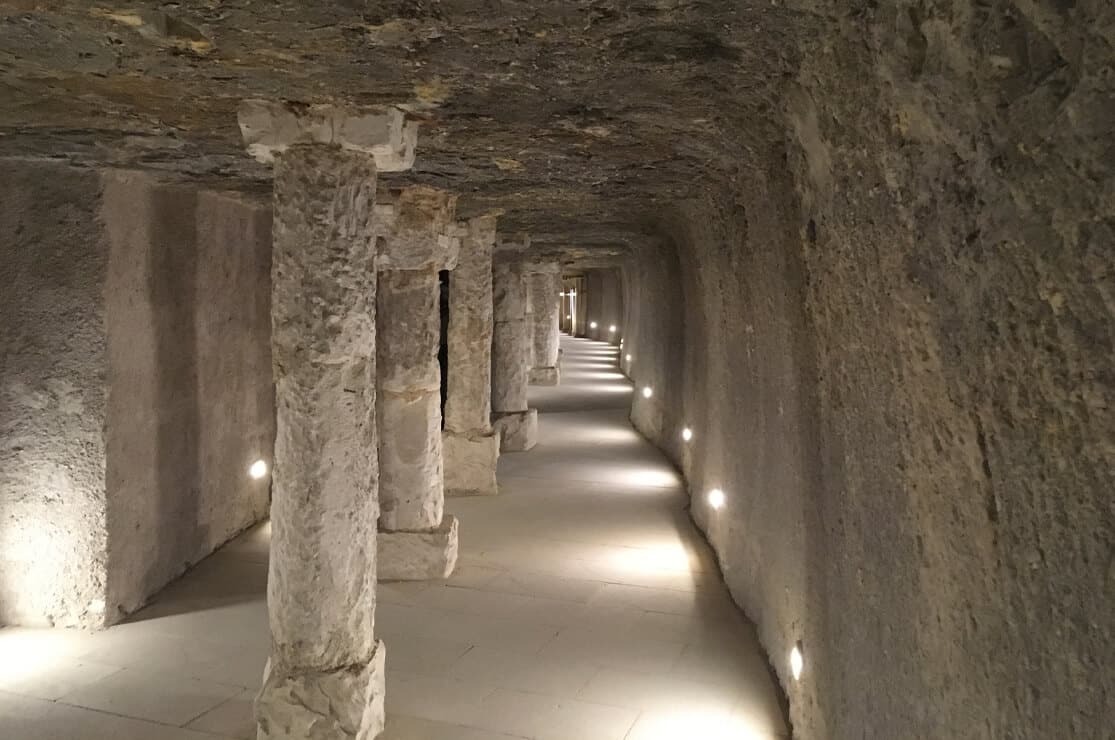
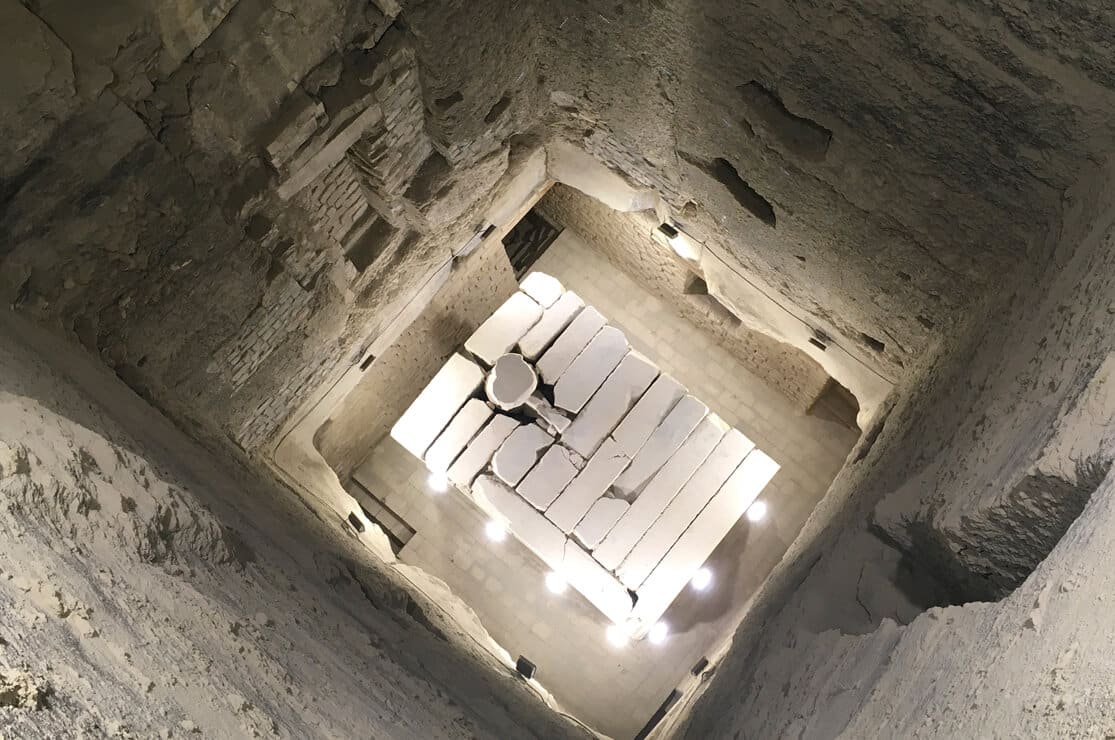
For many this was the first trip to Saqqara since the opening of the Step Pyramid interior, so it was high priority. The walkway, dating from the 26th Dynasty, to the central shaft, allows for a grand view of King Djoser’s Sarcophagus from a viewing platform.
Another special was a ticket allowing us to descend the corridor leading to the burial chamber of the Southern Tomb of Djoser. The granite sarcophagus has been beautifully restored, although sadly the internal corridors are not yet open to the public.
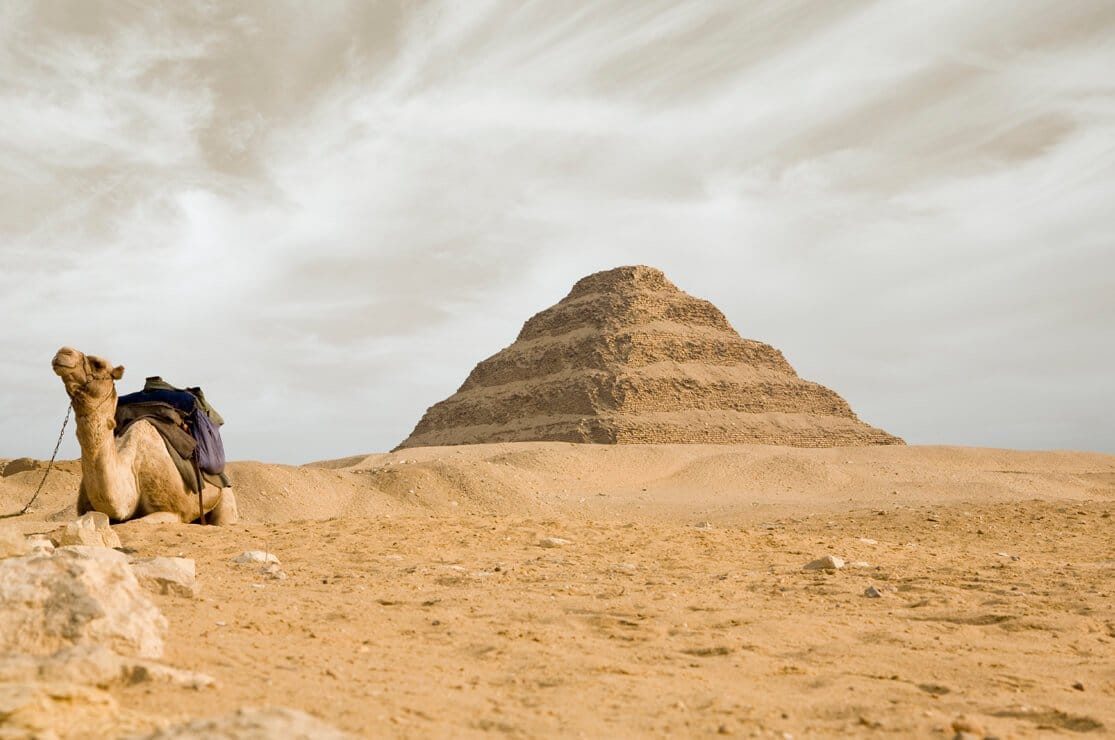
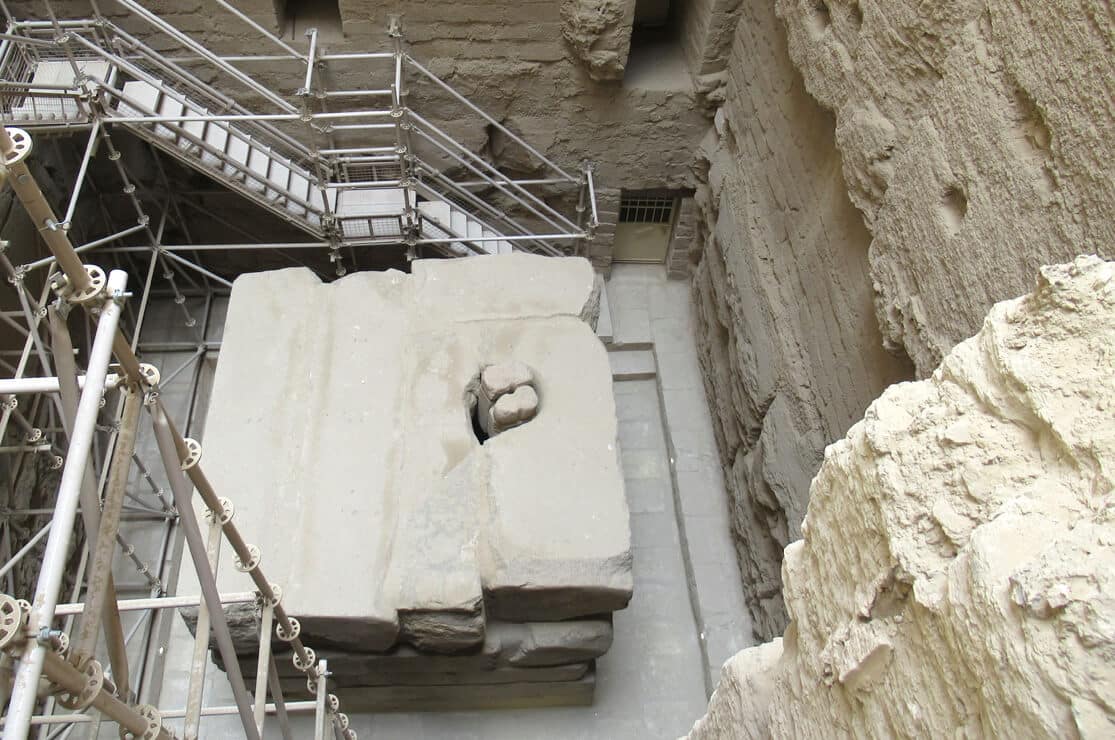
We explored the site in full with the Serapeum, entry to the Unas Pyramid, and many mastaba tombs, including that of Akhethotep and Ptahhotep.
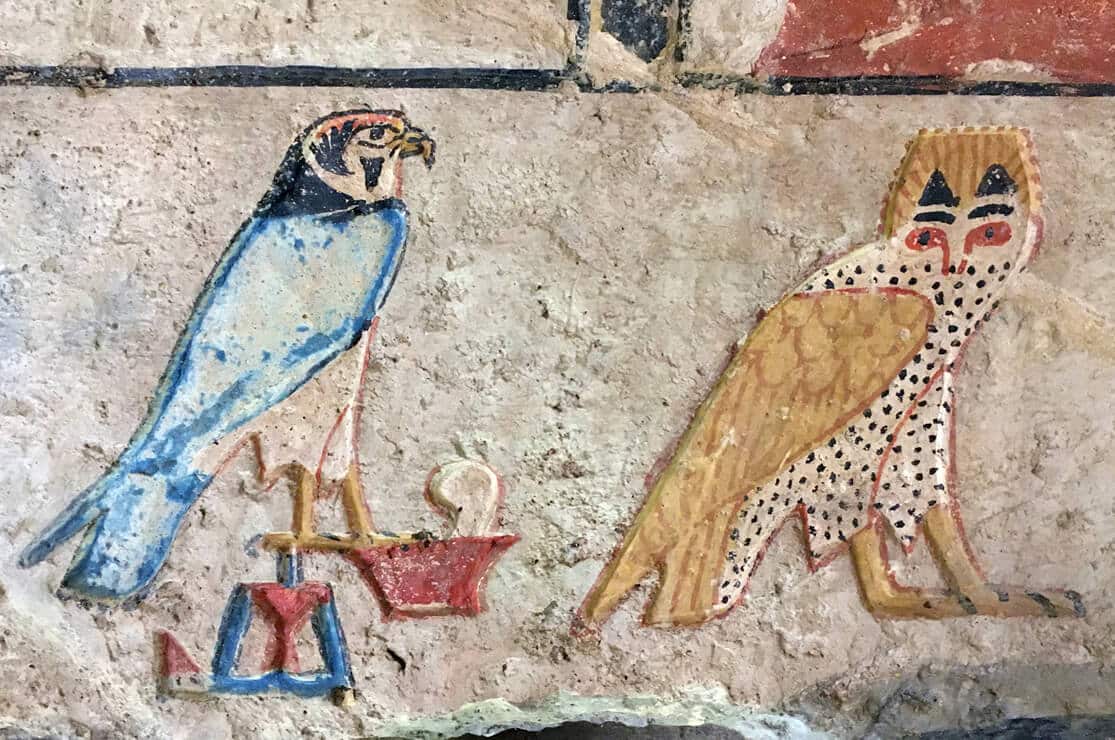
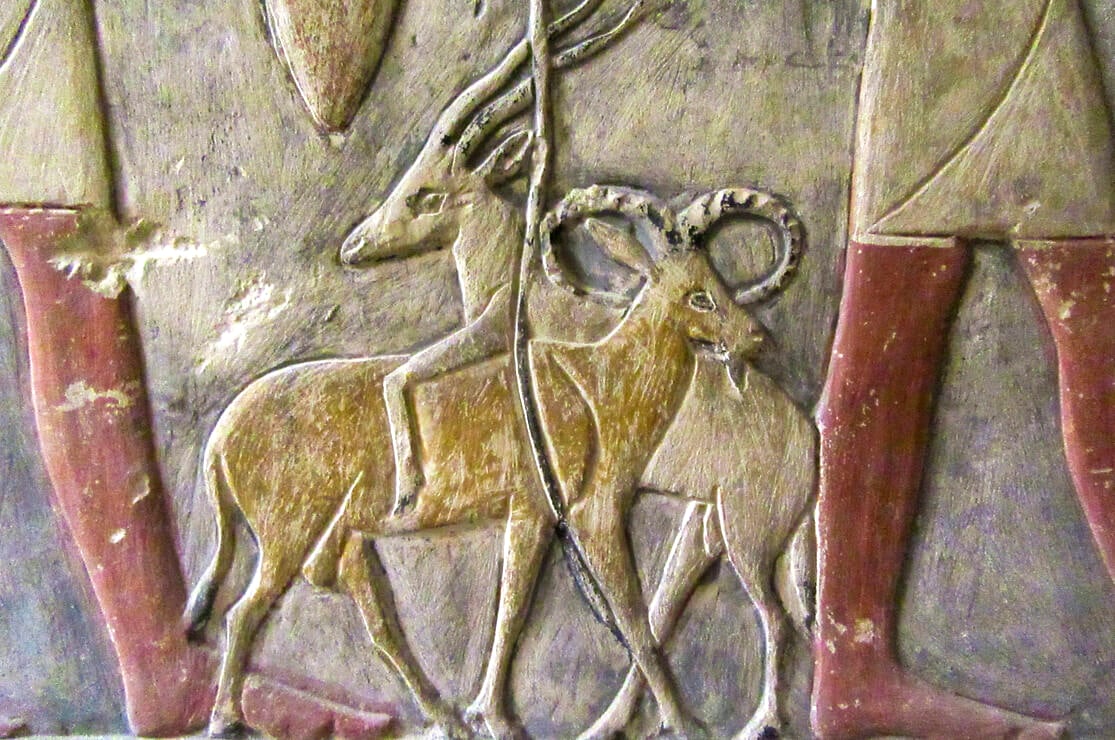
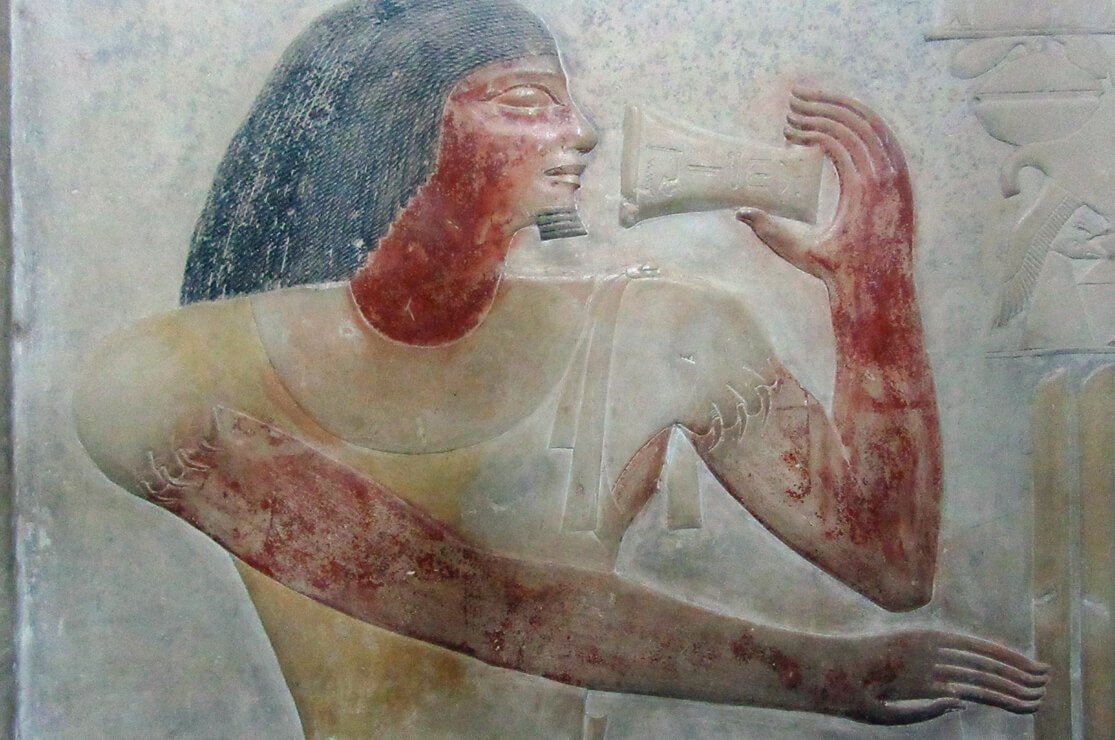
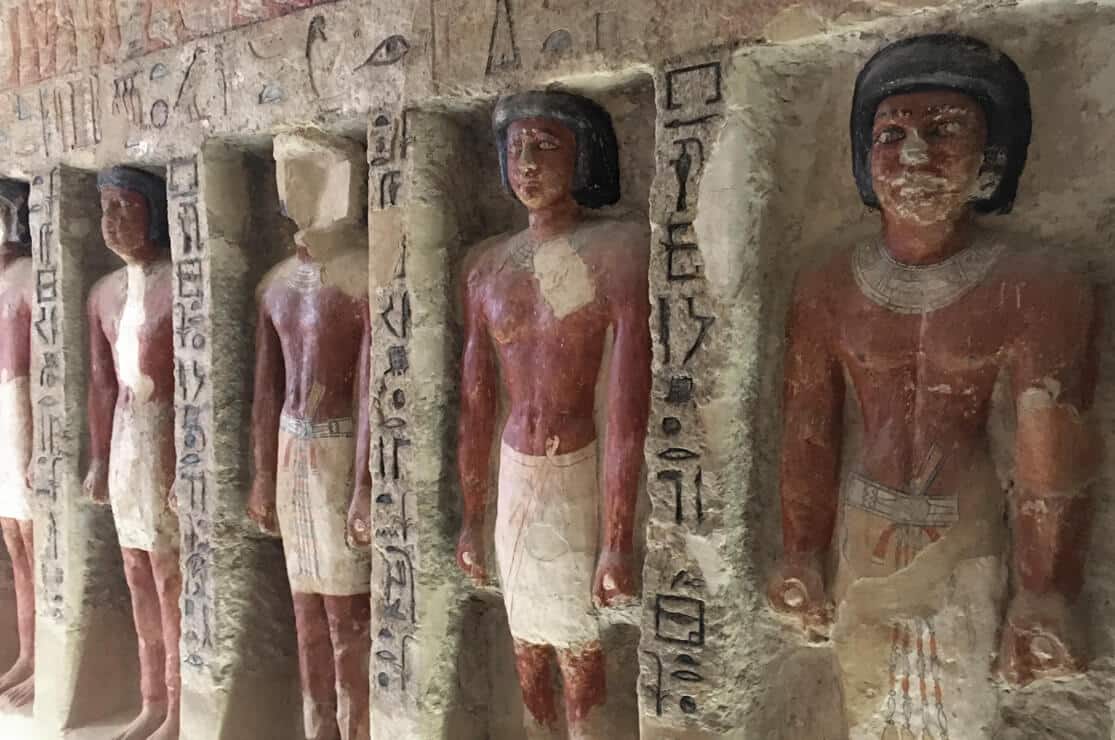
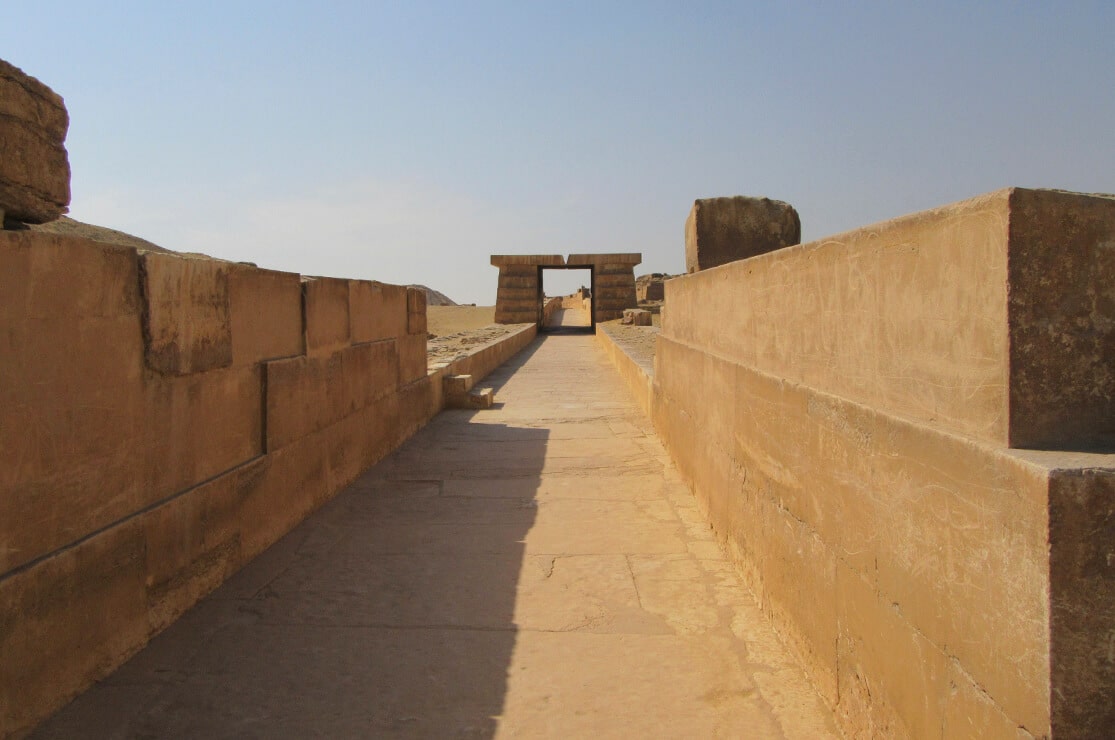
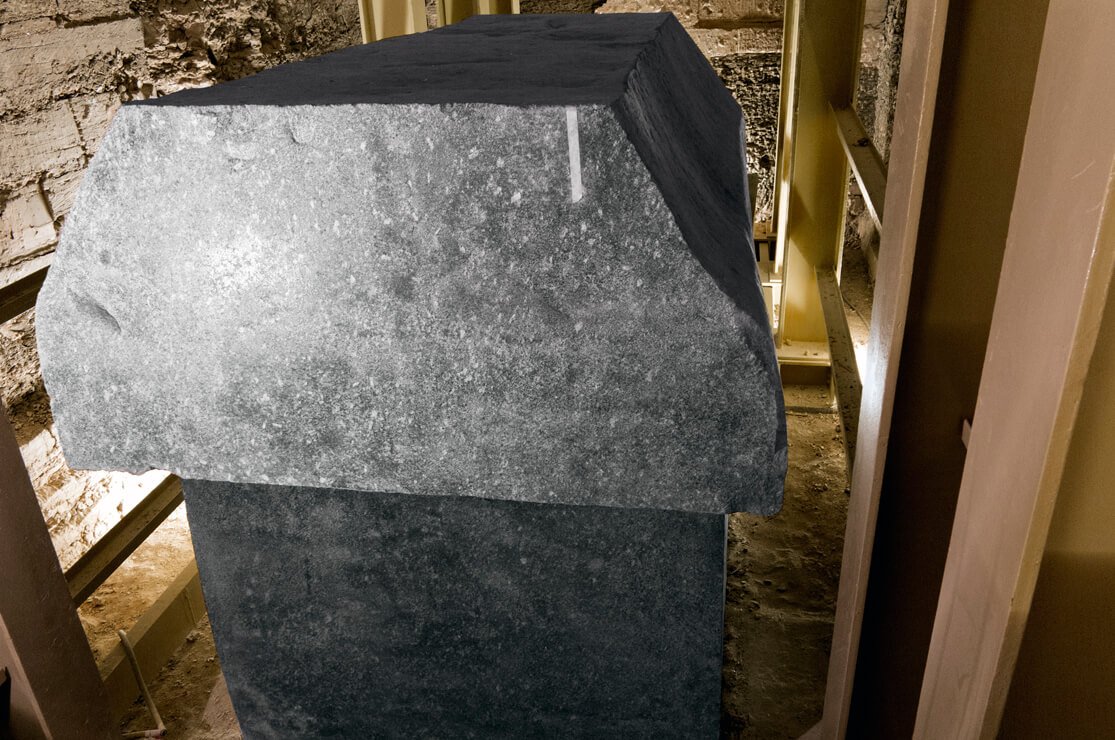
The next morning, we set off for Minya with a stop at Beni Hassan with plenty of time to view the fascinating Middle Kingdom tombs open on the day. After a refreshing break at the local café with time for mint tea or cold drinks we continued to our hotel, the Nefertiti, in Minya.
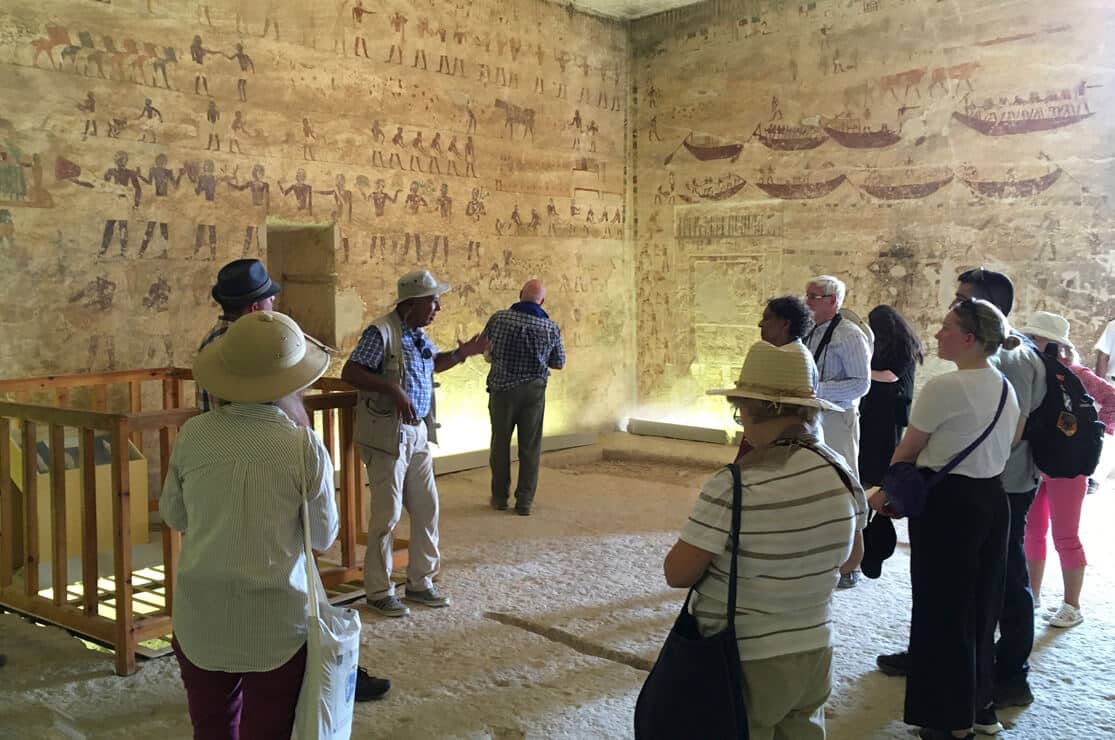
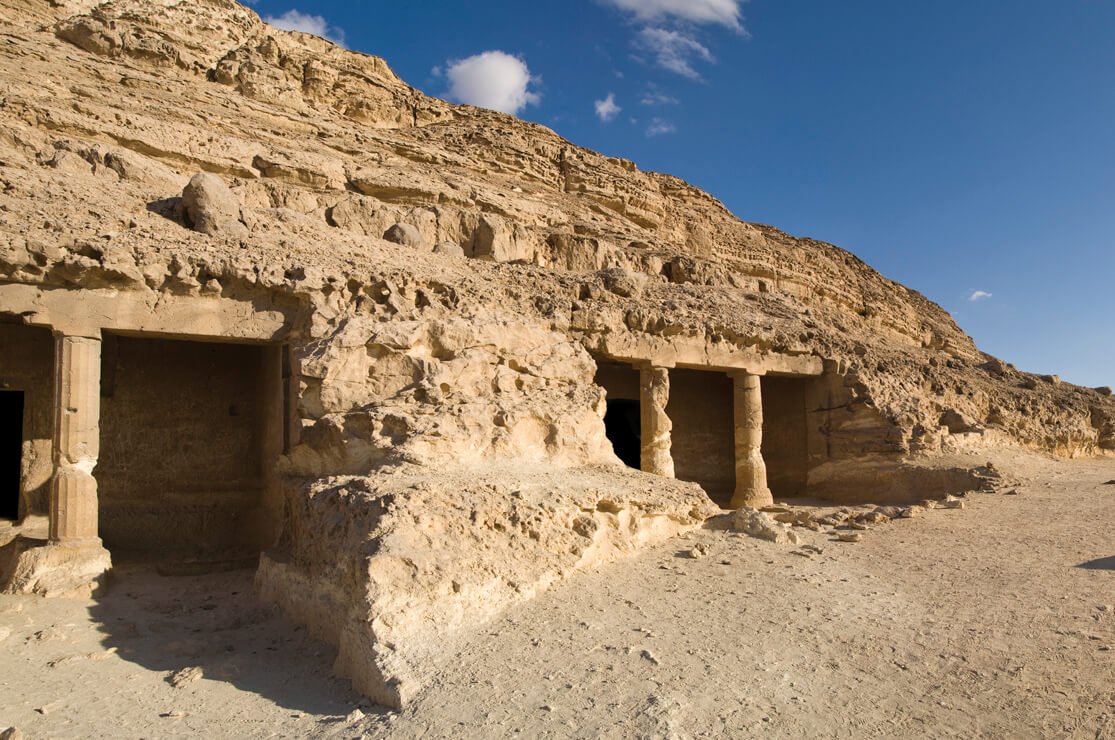
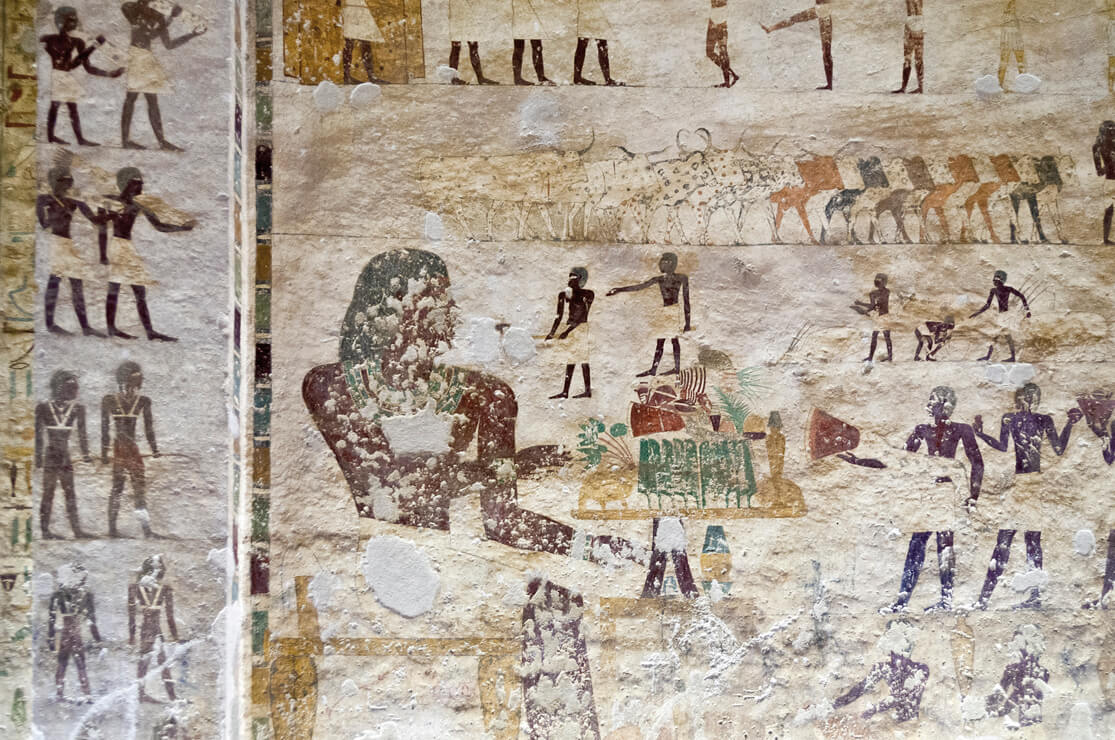
Our special day at Amarna

Our first stop was at the Northern Palace followed by the drive along the Royal Wadi to the Tomb of Akhenaten. Although much of the decoration has been lost in the past due to flooding enough remains that we can make out Akhenaten and Nefertiti in mourning.
We Looked at Stela U dated to year 6 of Akhenaten, the Southern Tombs, Northern Tombs, the temples and we walked to the archive area. A hot and exhausting day but thrilling non the less. Thank you again to our friends at the Rest House for use of their facilities when we stopped there for our picnic lunch.
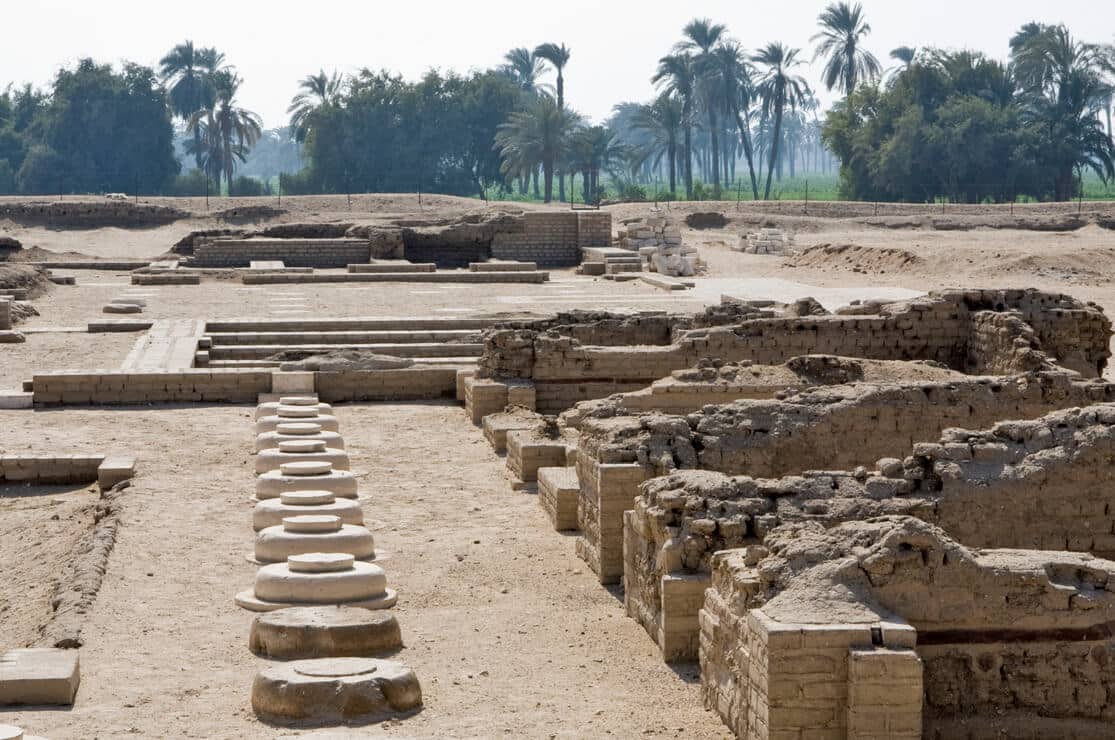
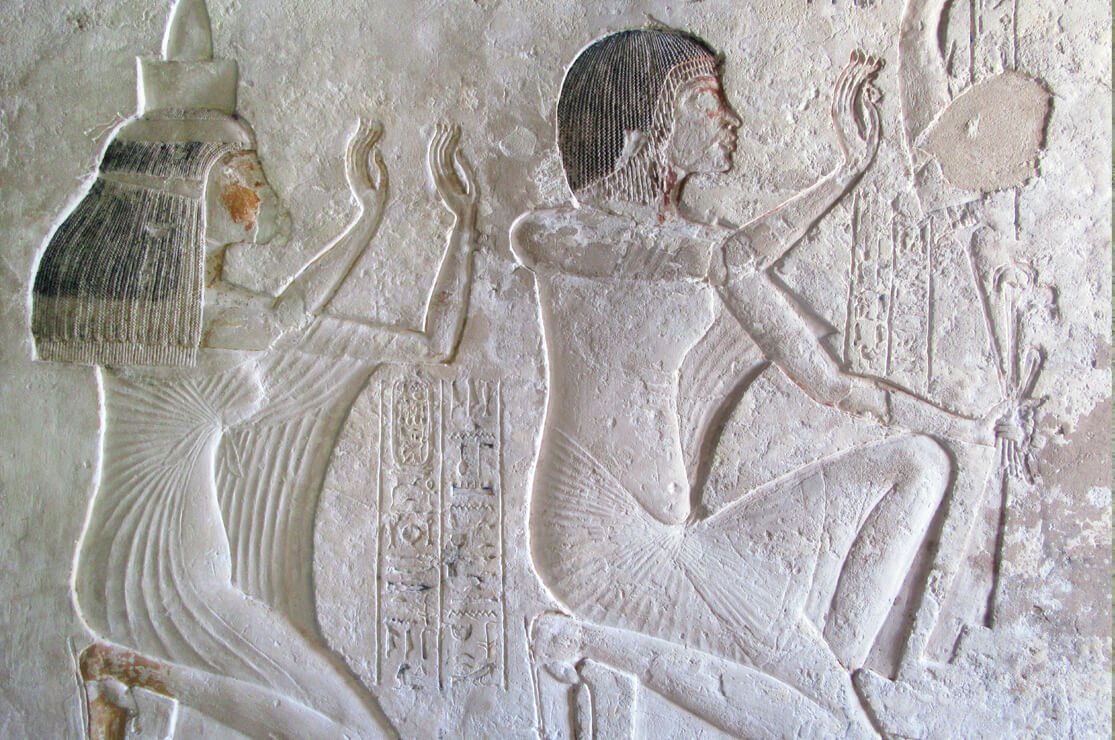
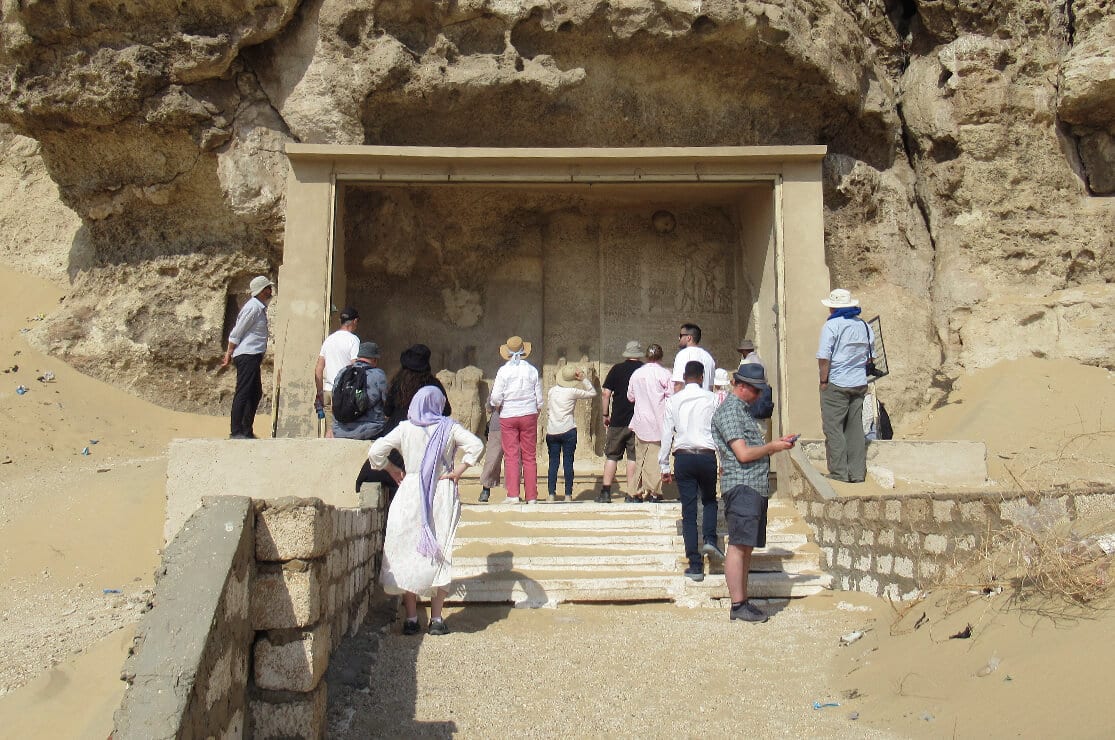
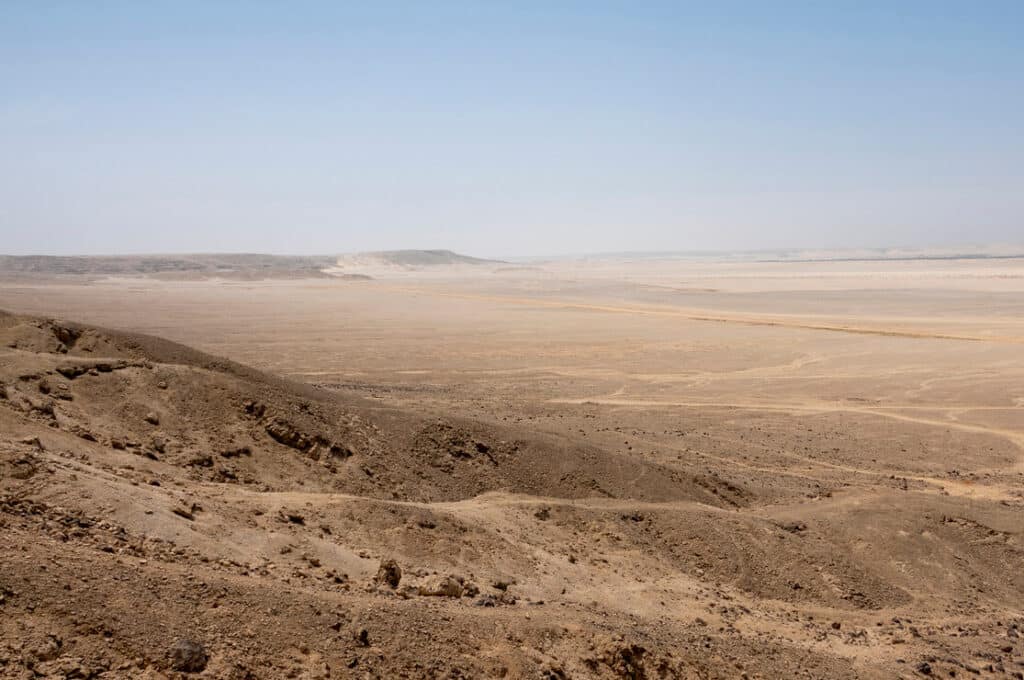
Next day we said goodbye to the Nefertiti Hotel and set off for our next meeting with Nefertiti at Stela A on the West Bank of the Nile close to Tuna el Gebel. A race to be first up the sand covered steps to view this more accessible boundary stela. We entered the tomb chapels of Petosiris and that of Isadora and the Ibis catacombs nearby.
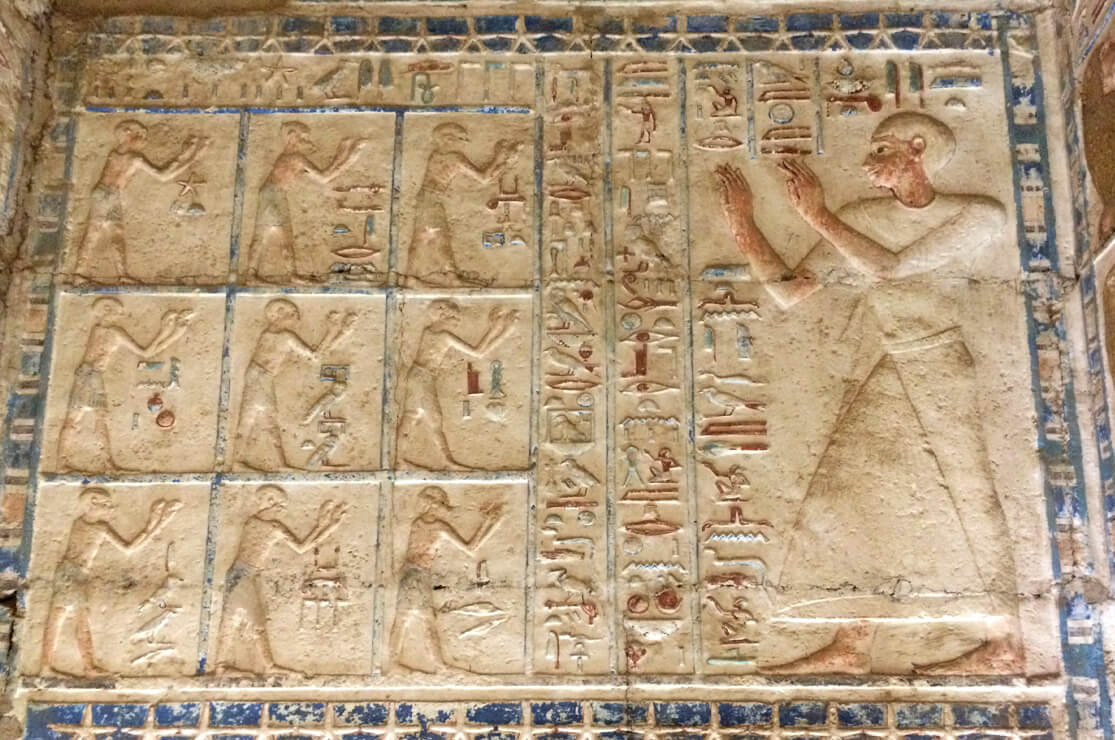
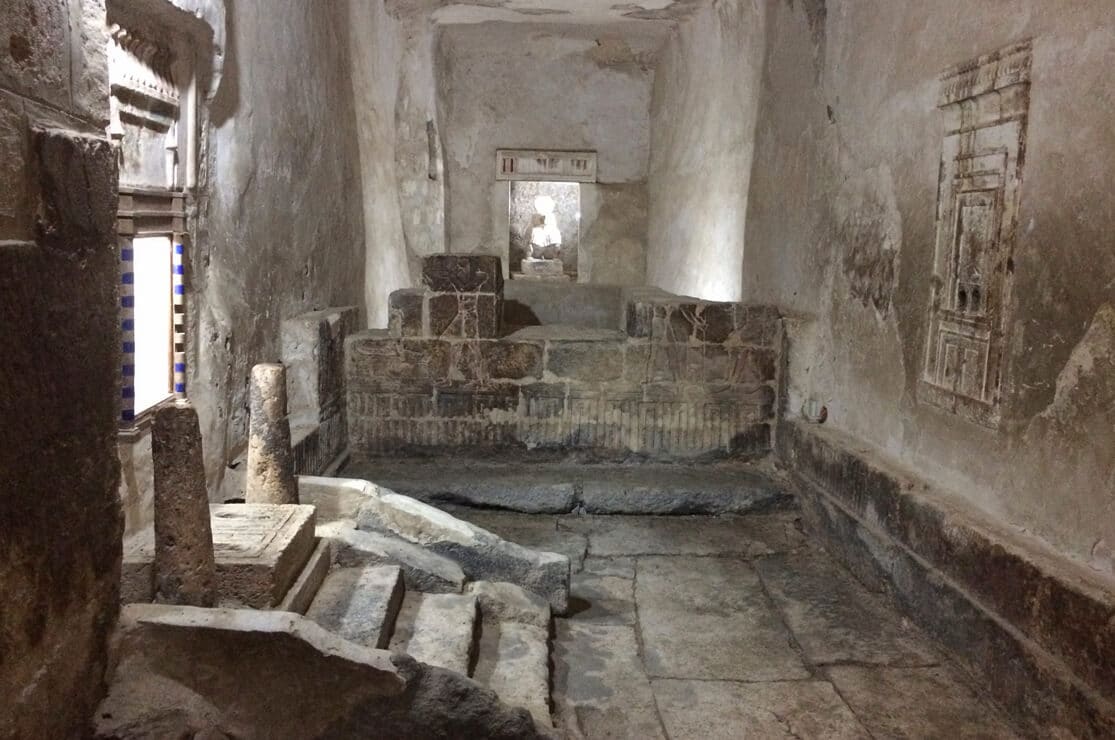
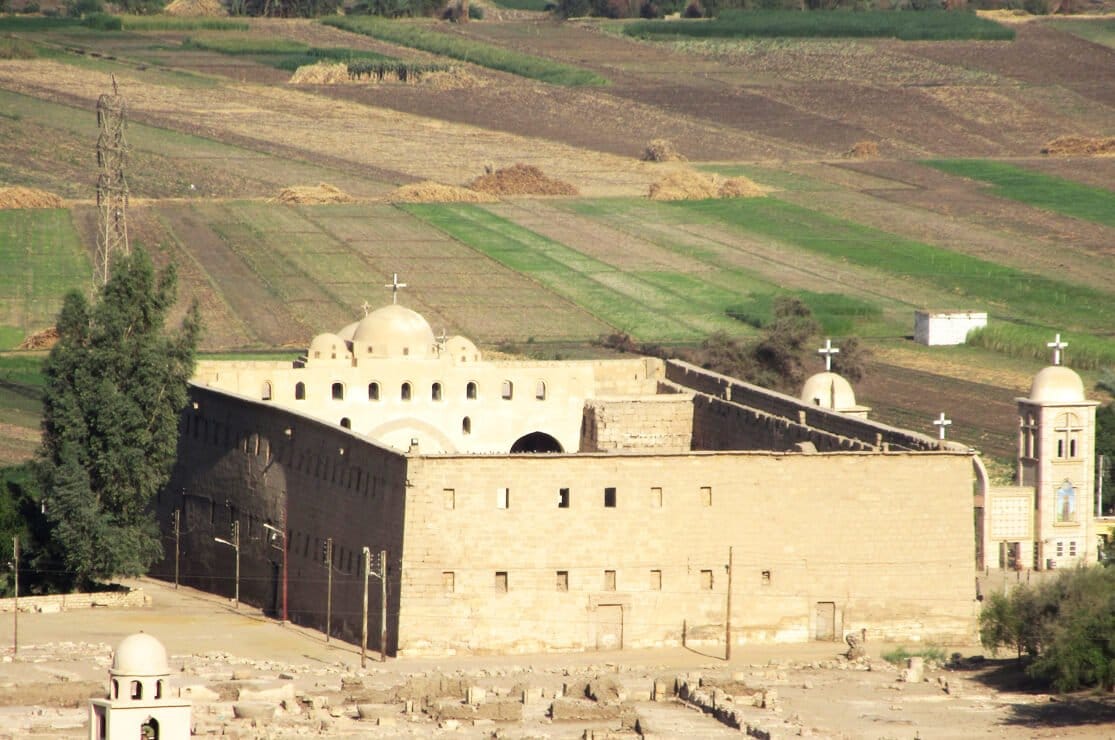
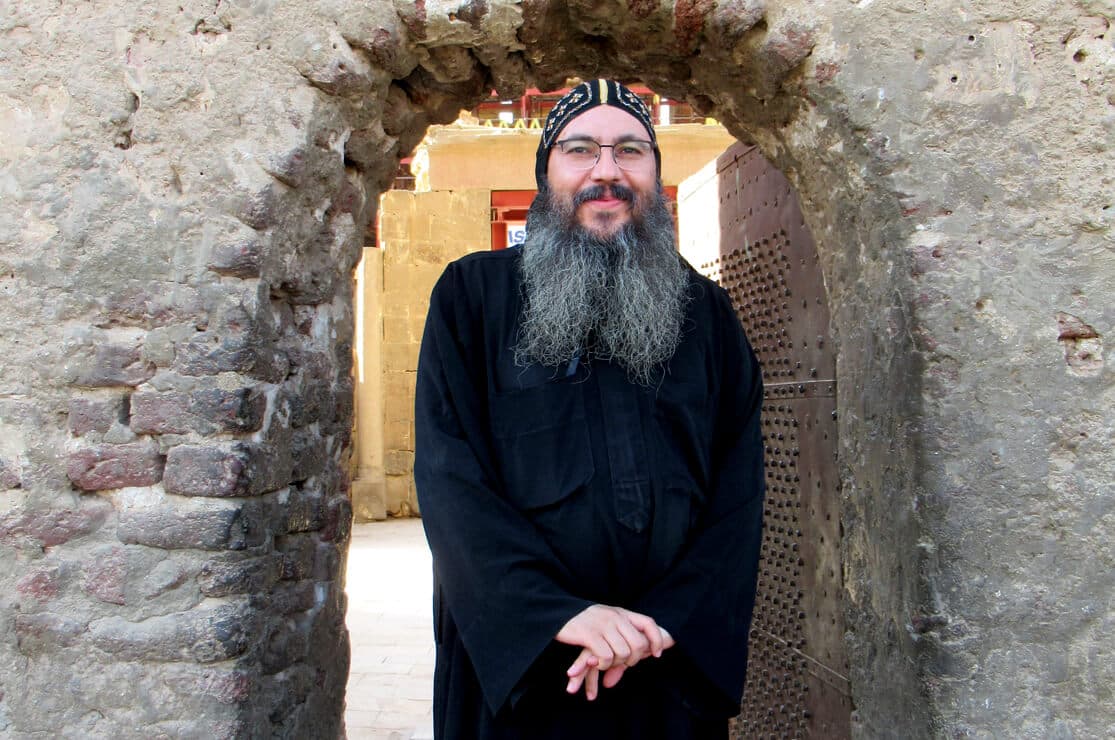
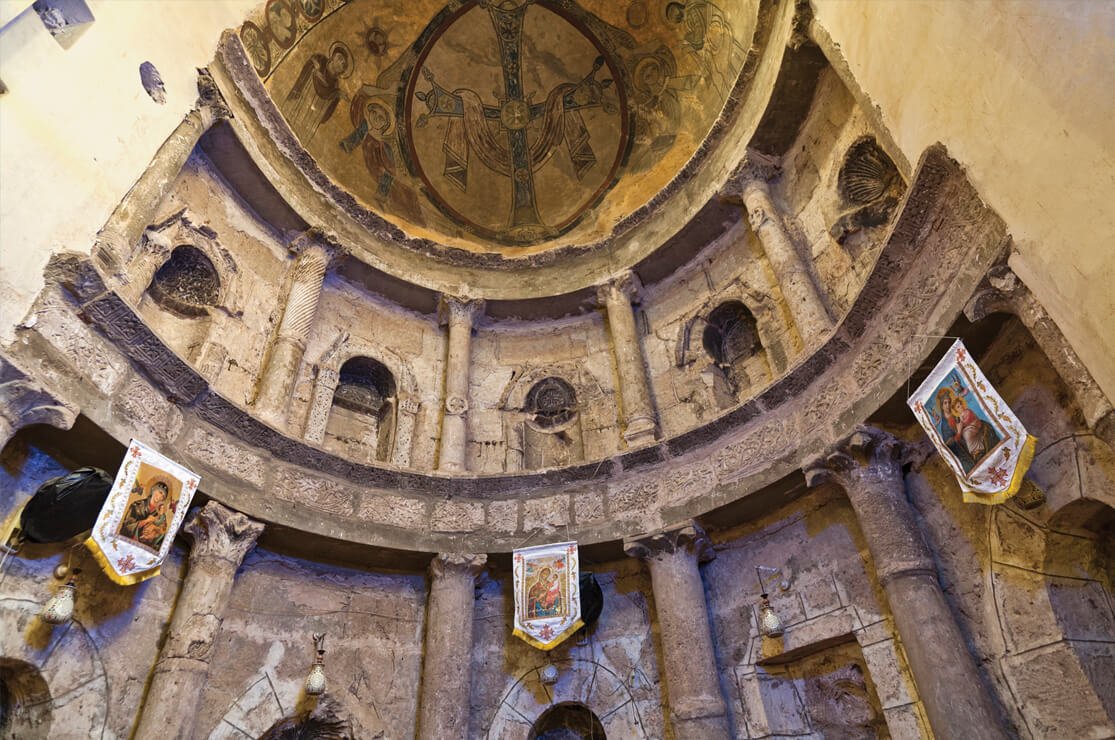
Later we arrived at the White Monastery also known as the Monastery of Abba Shenouda. I was delighted to meet up once again with Father Athanasius who kindly talked us through the history of the site and gave us a guided tour. Father Athanasius was thrilled to learn that we travelled with our own Coptic scholar, Bill Manley and email addresses were exchanged.

On arrival in Abydos, we checked in to the House of Life Hotel for one night. Next morning we set off to explore the temple of Seti I with its stunning reliefs with time for Bill to explain the Kings’ List.
We paused to view the Osireion before the walk to the Ramesses II temple with plenty of time to look at the new excavations around the main temple. After a fine lunch back at the hotel we set off for Luxor.
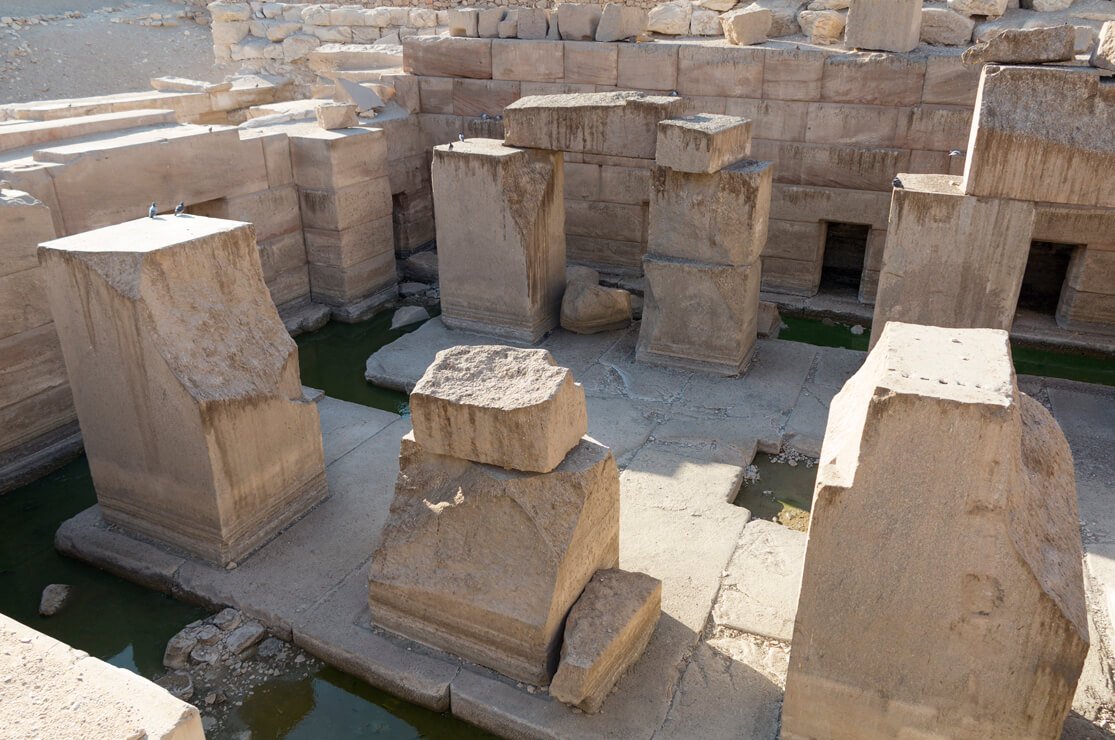
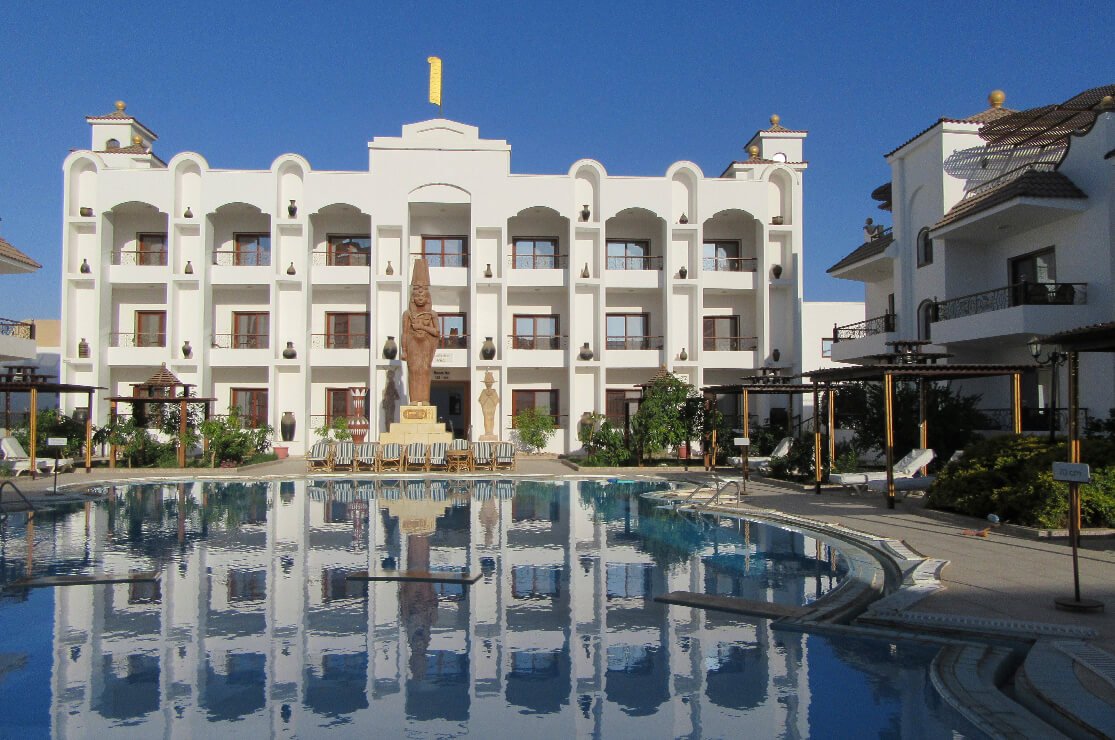
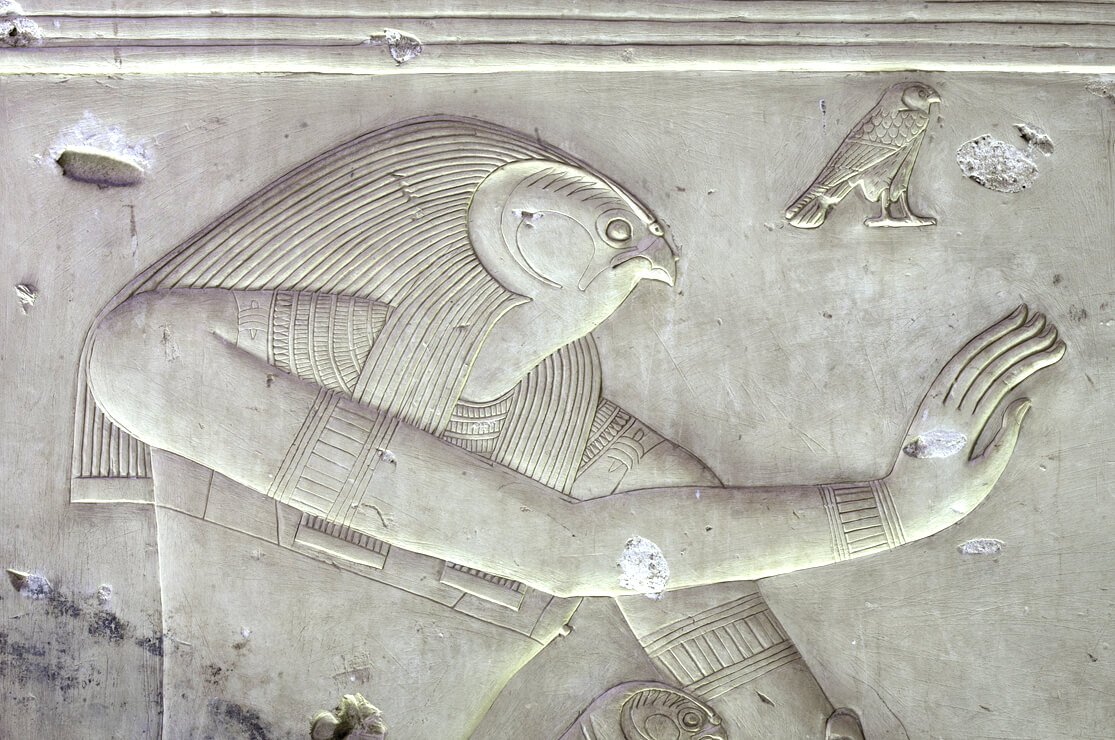
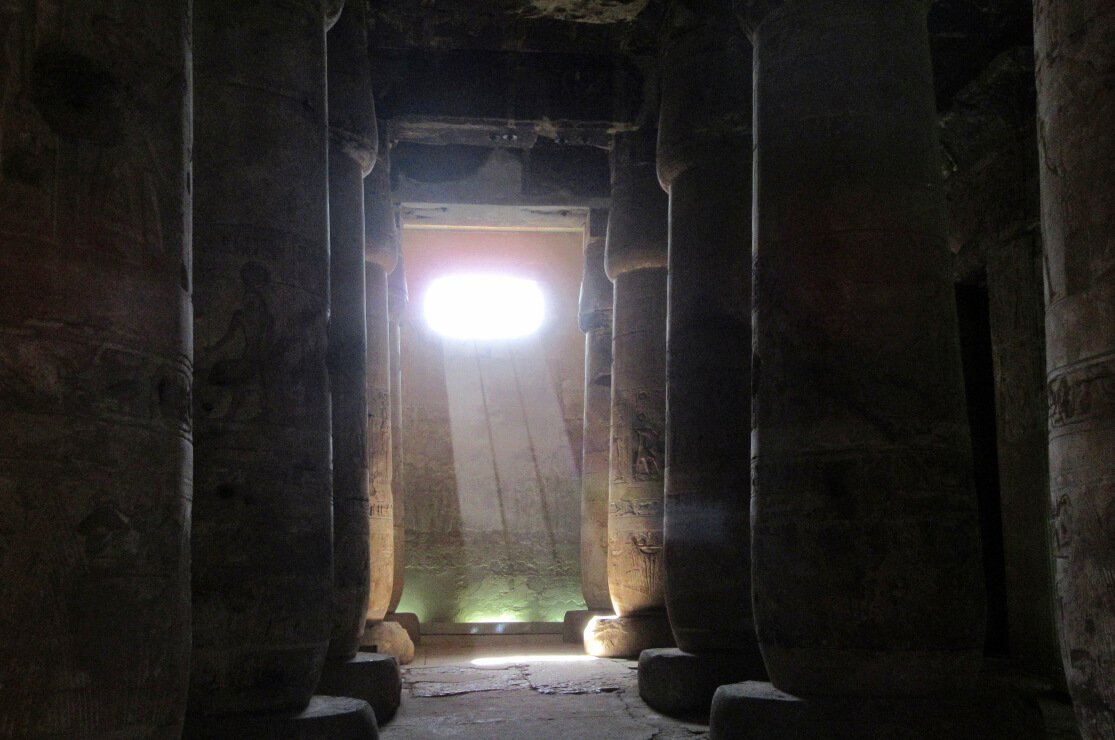
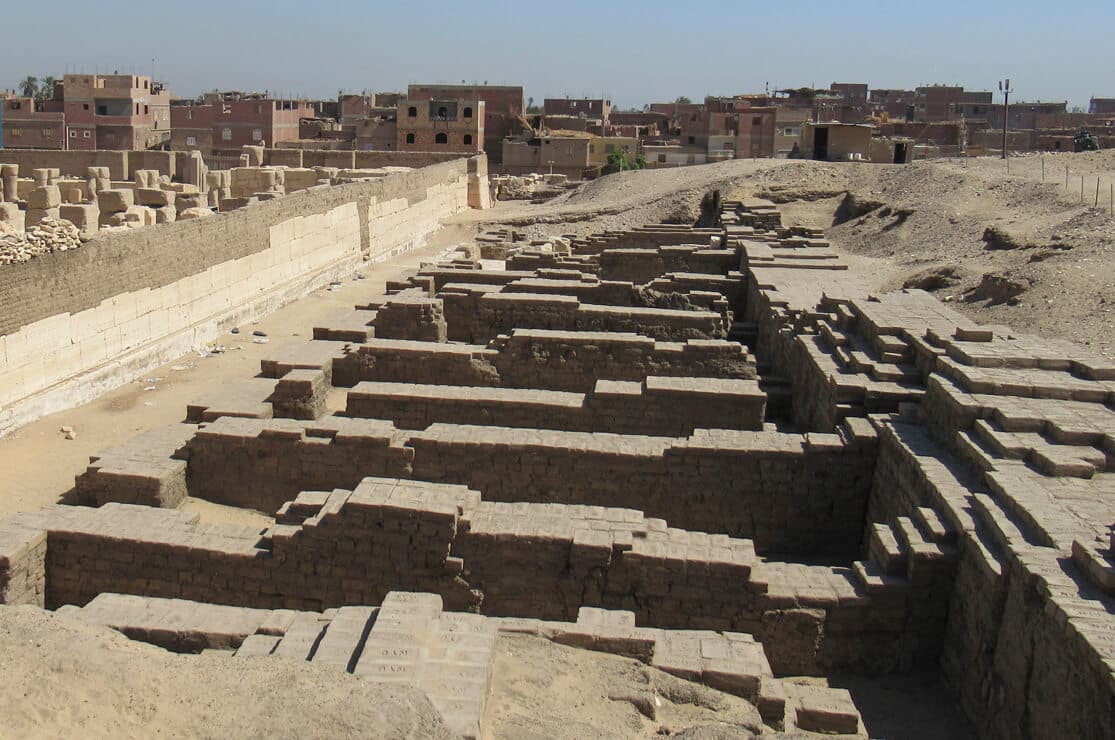
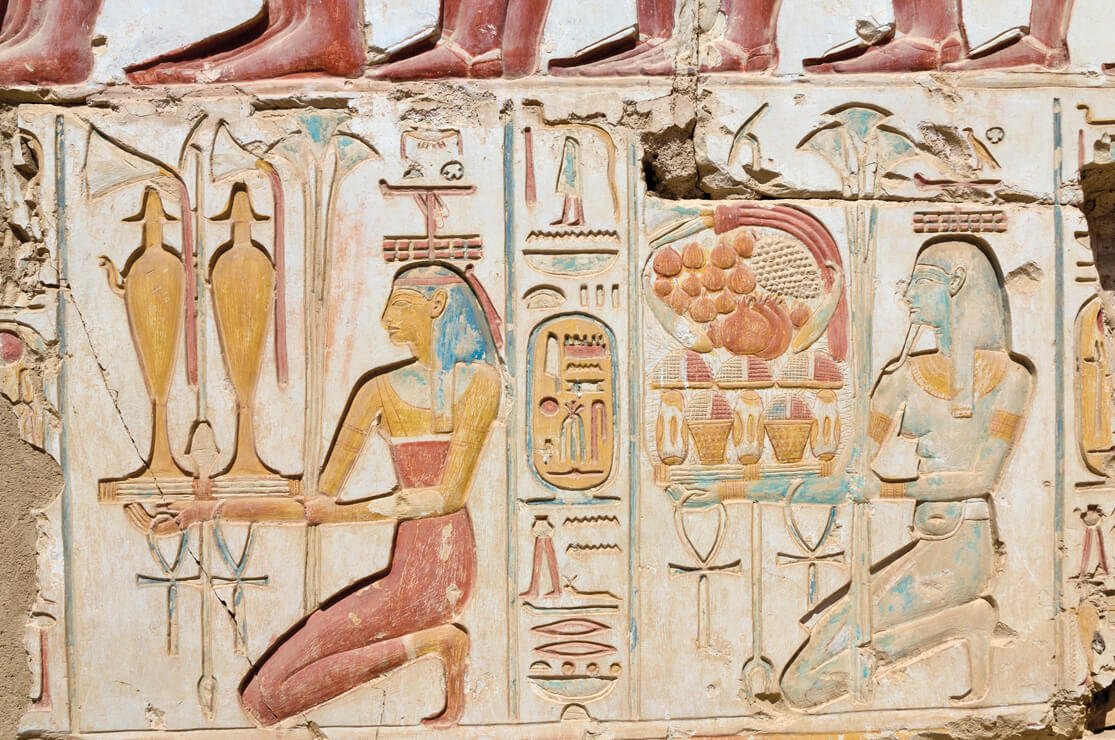
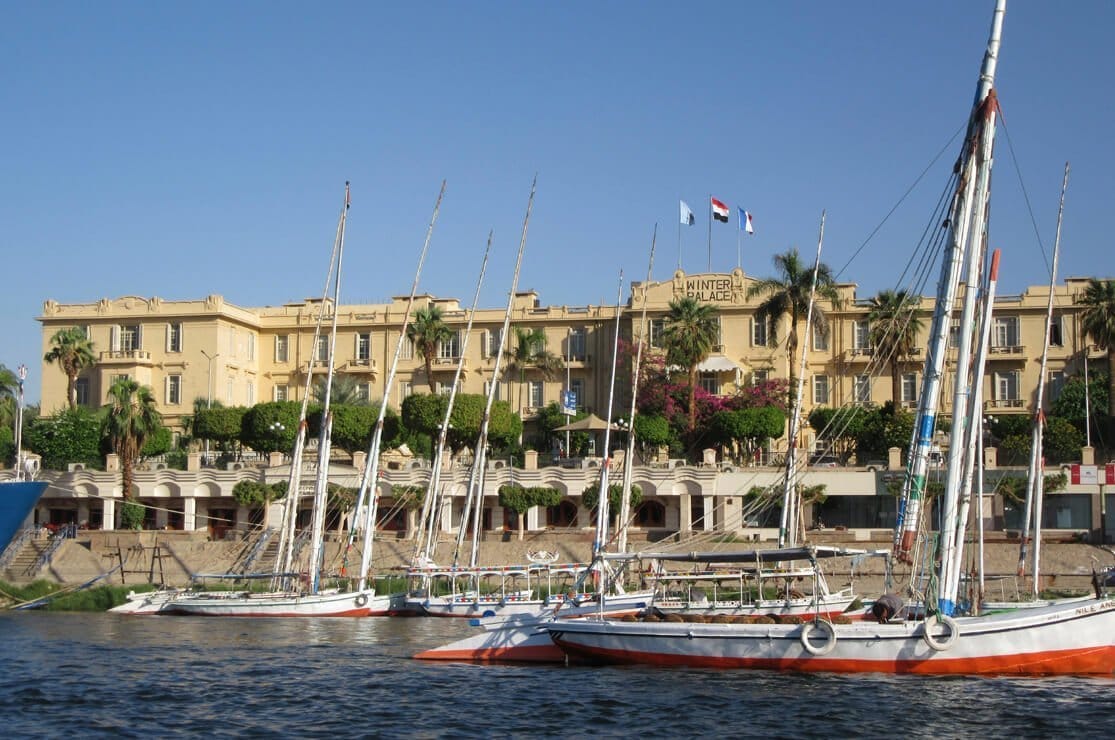
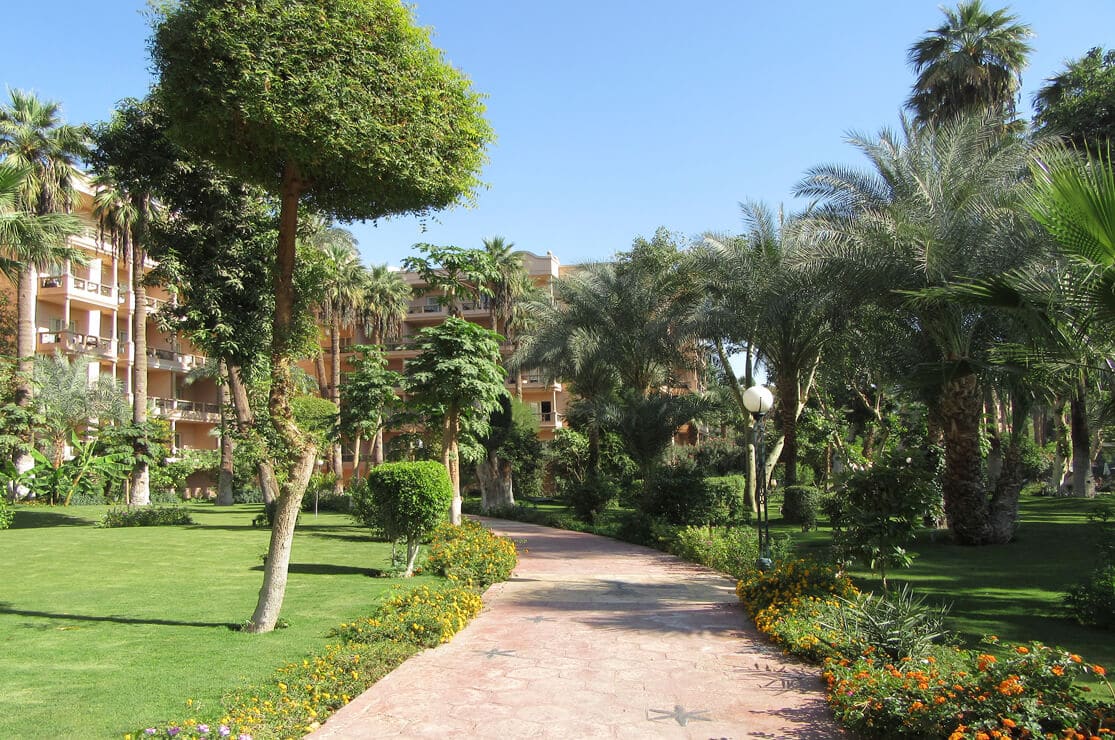
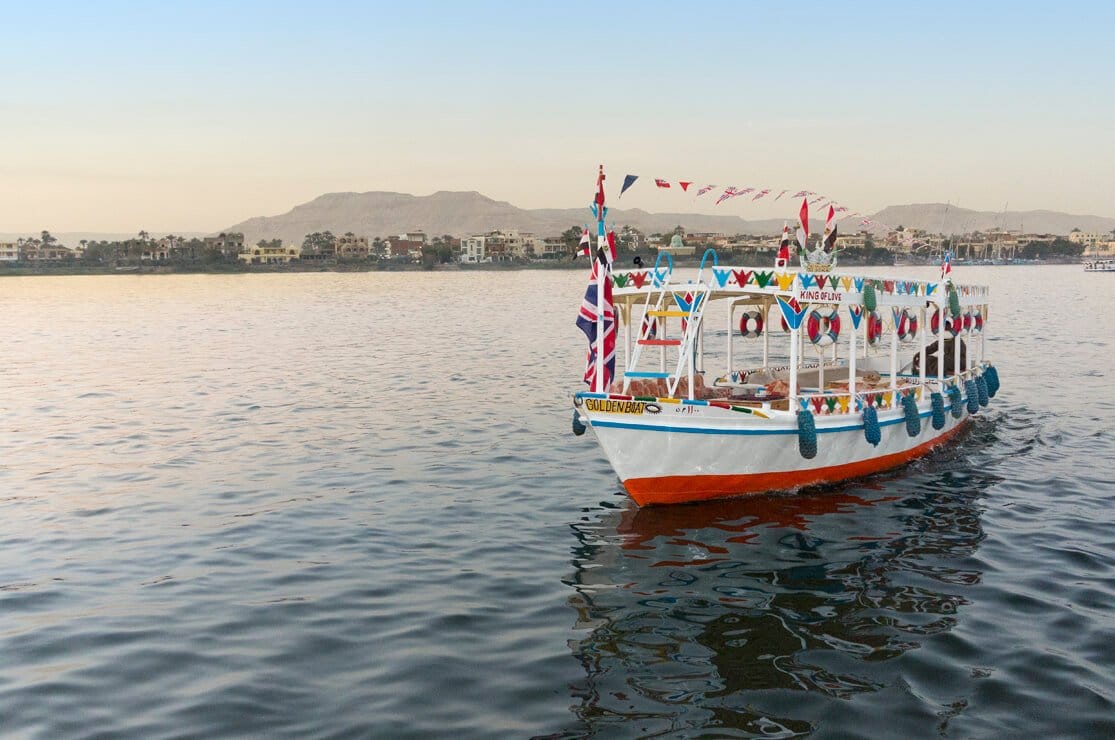
Always wonderful to be back at the Winter Palace and most of the group met in the Royal Bar for evening refreshments. Next morning, we met our boatman and set off for the West Bank.
First to Hatshepsut’s Temple while we waited for signatures on our paperwork enabling us to walk to the Royal Cache Wadi. We could see our final destination high up the mountain side. It was very hot and hard work but the view from the hill looking down on Deir el Bahri was wonderful and well worth the effort.
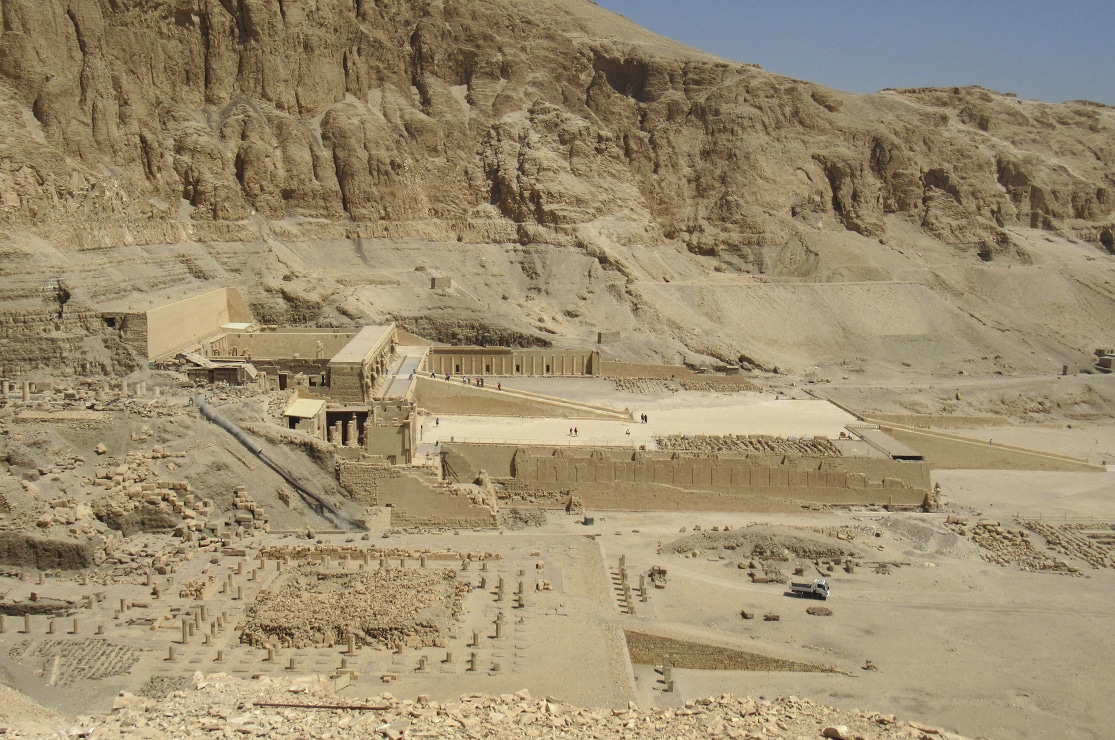
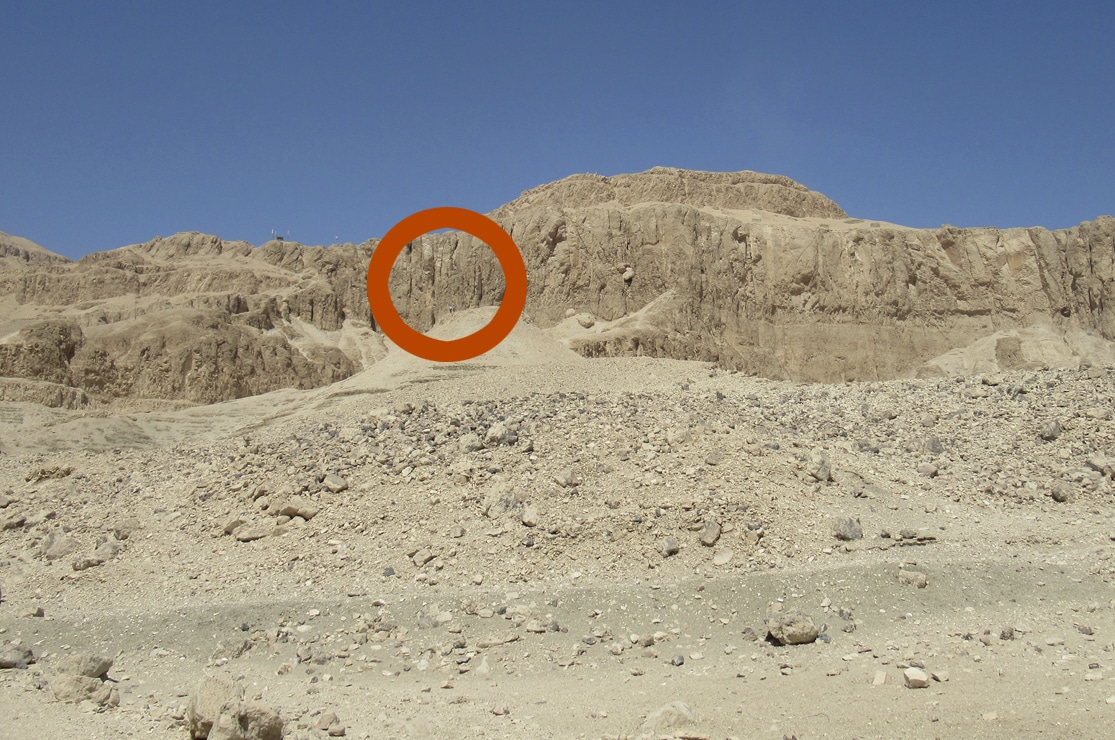
We arrived at the entrance to the Royal Cache, also known as TT320, hiding place of the Royal Mummies.
Our local Inspector was finalising the safety arrangements and sending down a string of lights for the tunnel. Then those who could took the ‘bucket’ ride down the shaft. As I was first down, I walked to the stairwell and decided to explore further aided by torchlight. Several of us entered the burial chamber and I think we were all in awe of the history of the site.
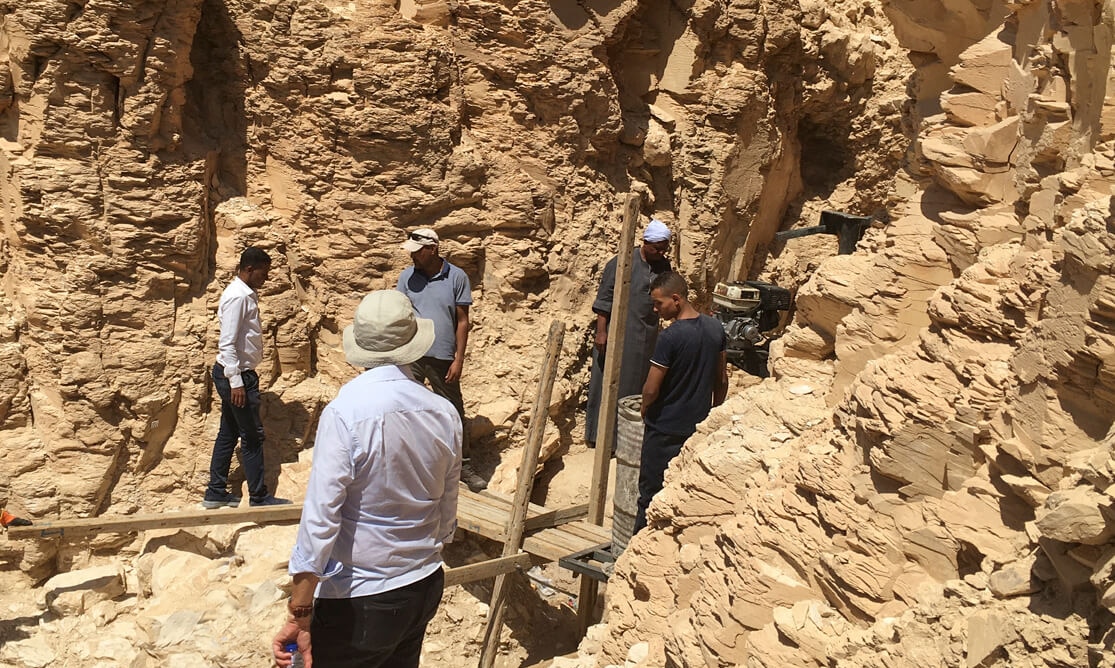
Hard to imagine how so many mummies could have been moved in secrecy to this very inaccessible site.
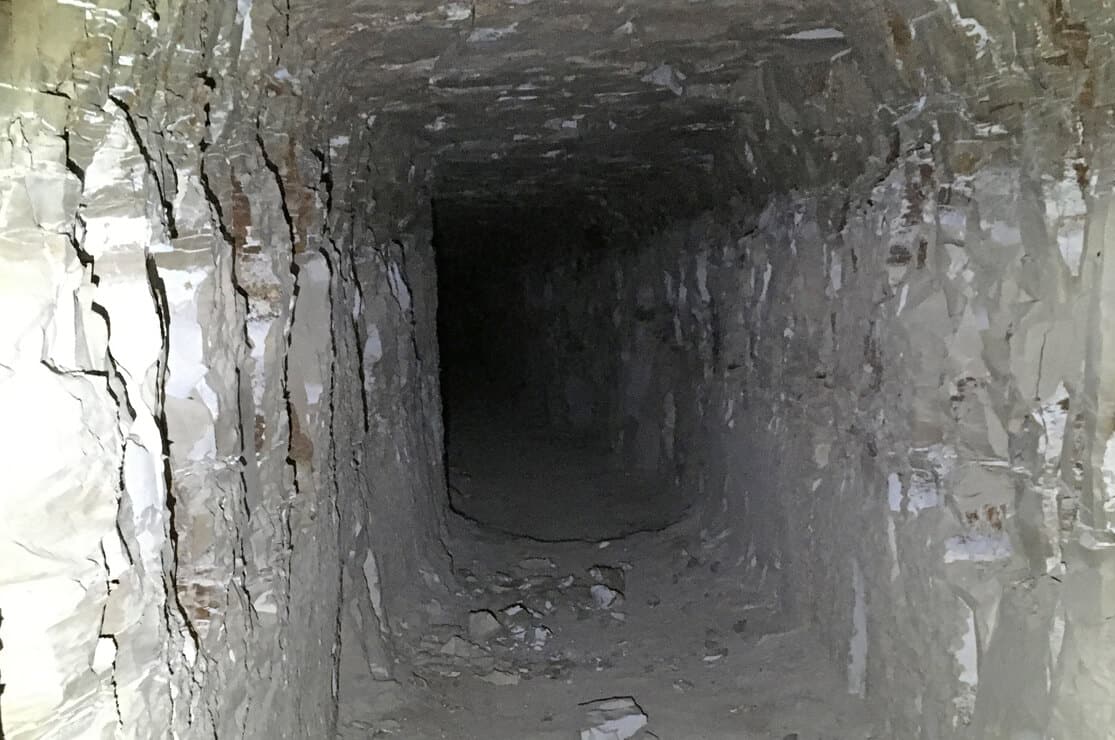
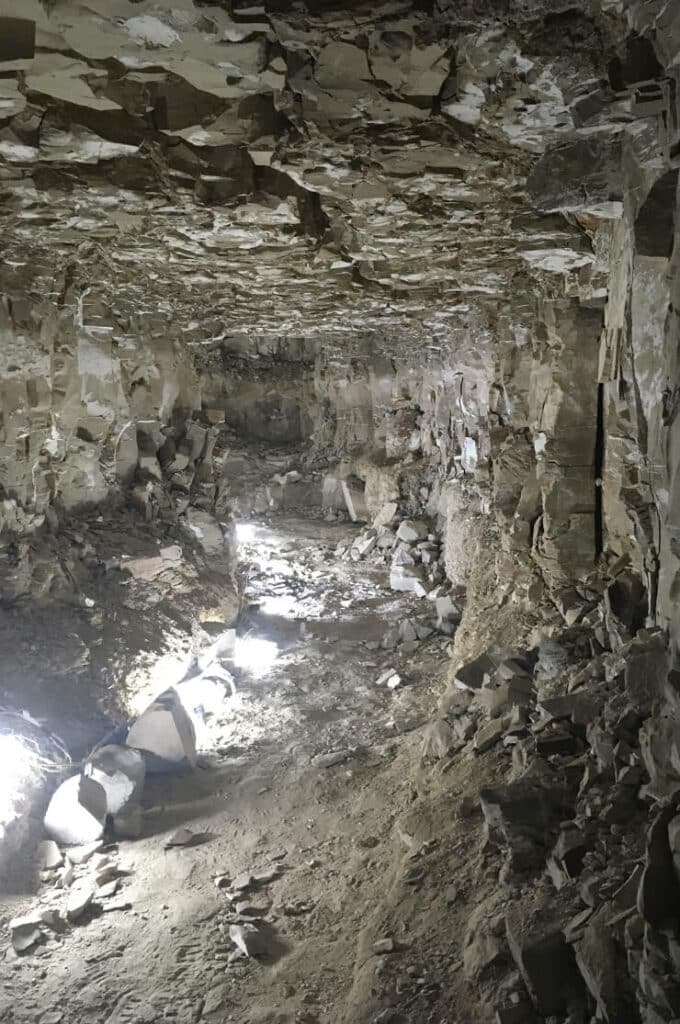
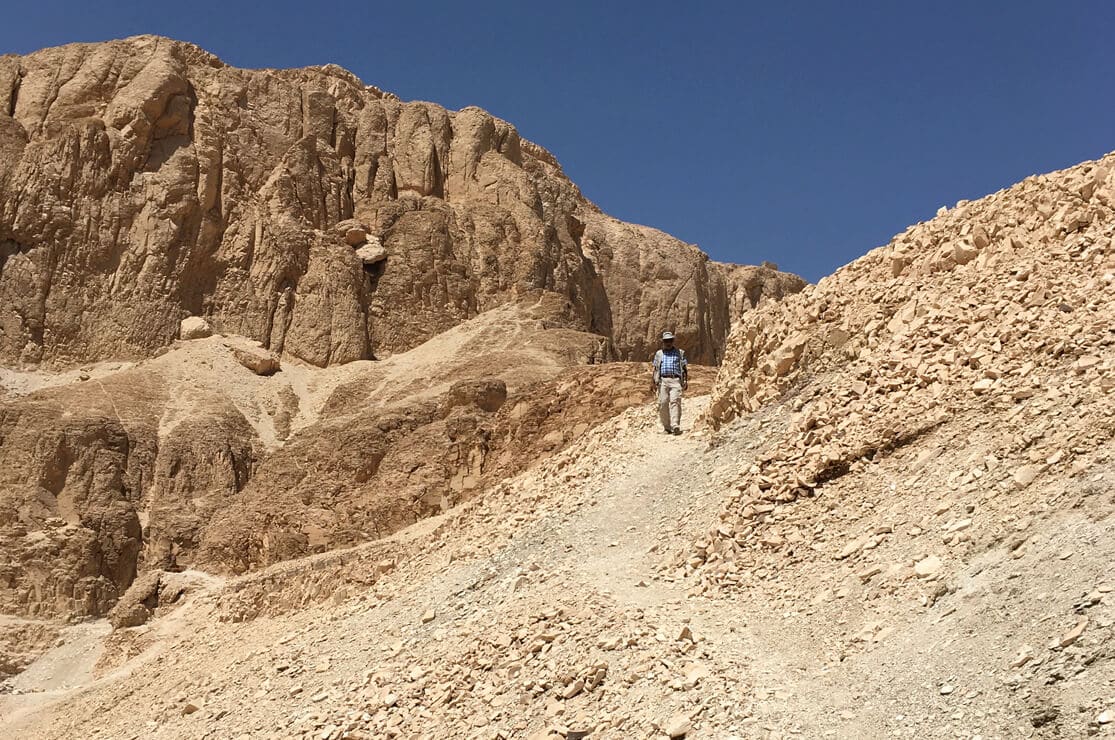
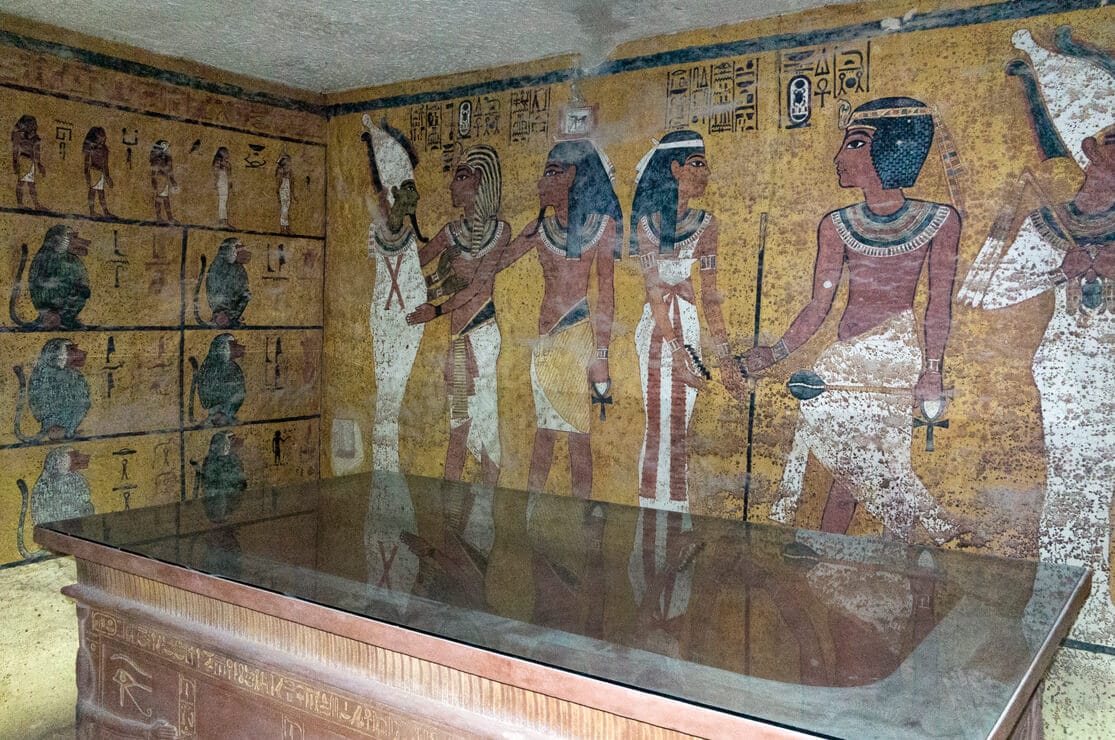
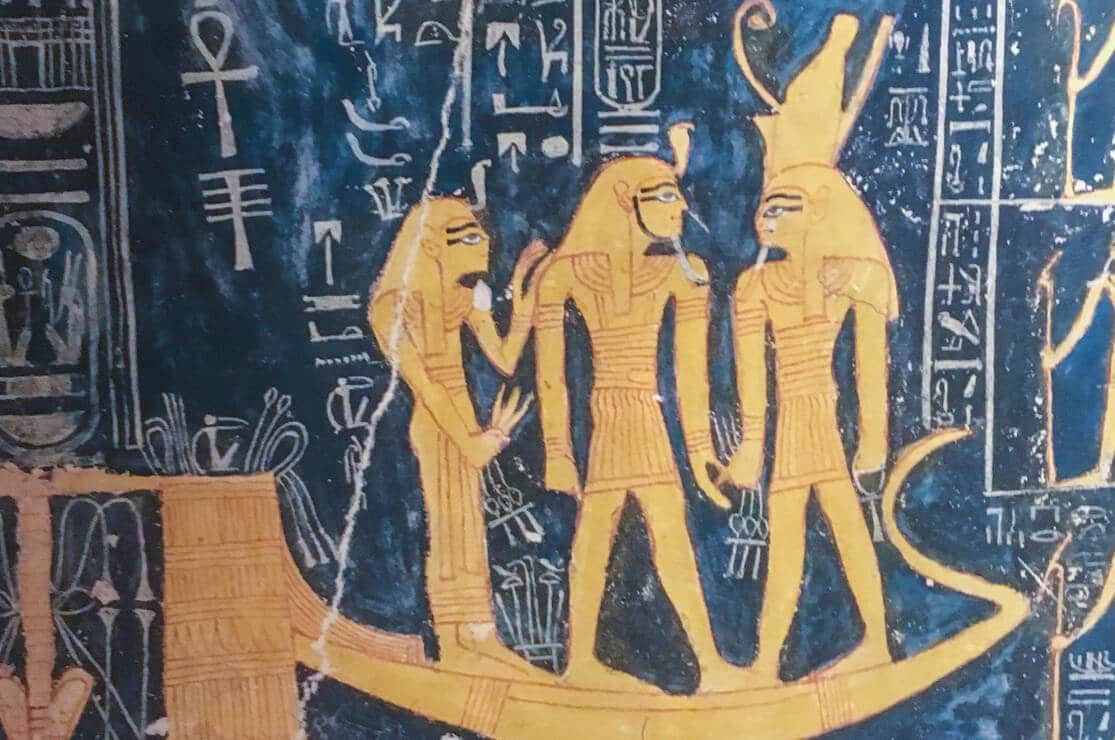
The walk down the hill was certainly easier, and we went straight for lunch at our local restaurant. Next to the Valley of the Kings where several people purchased extra tickets for Tutankhamun and Seti I tombs. A thrilling day.
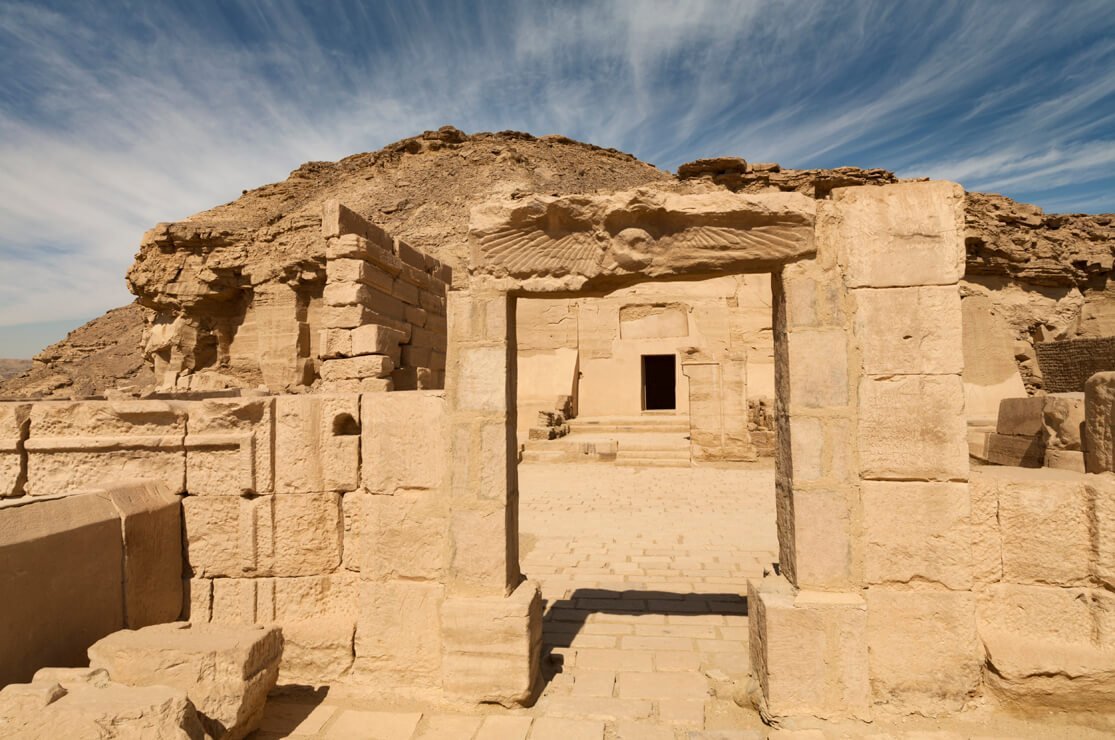
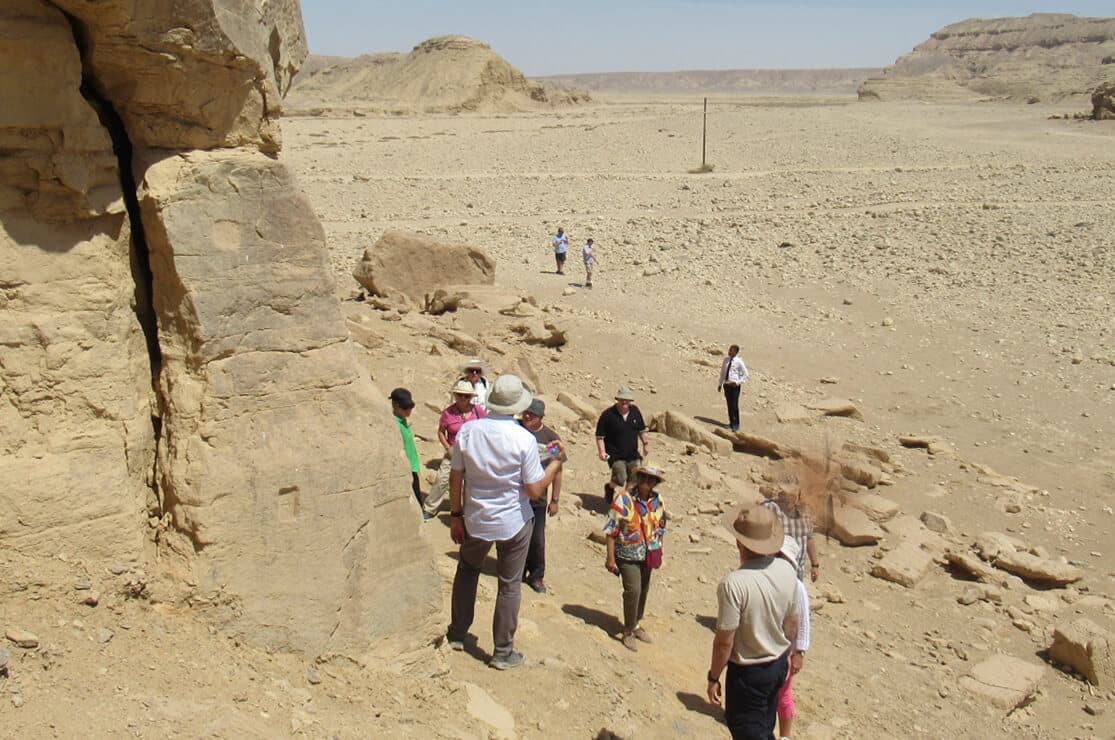
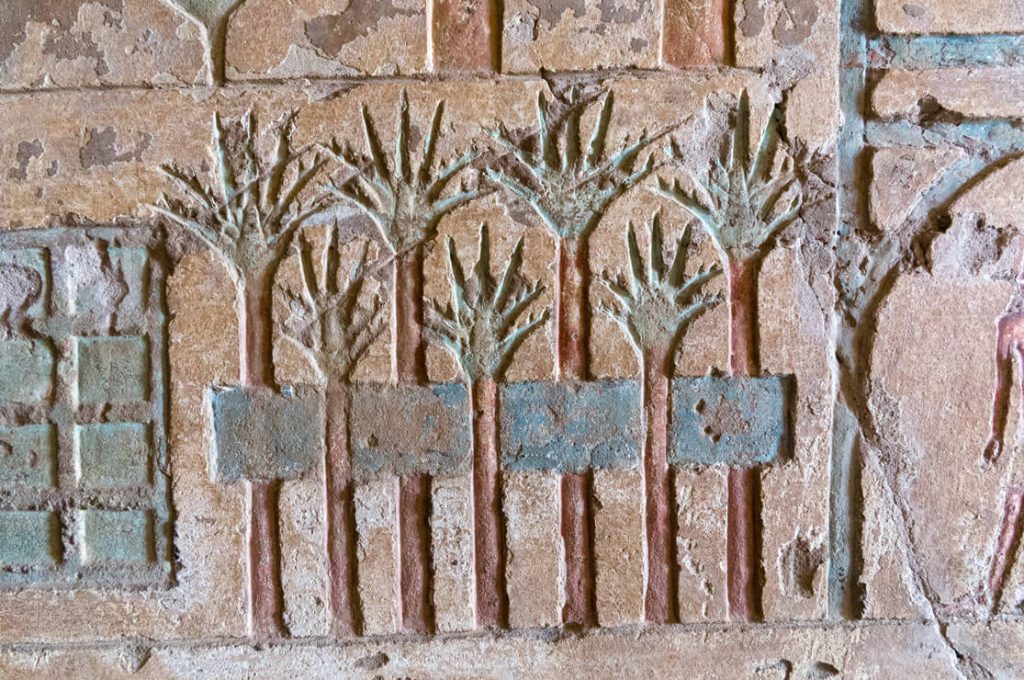
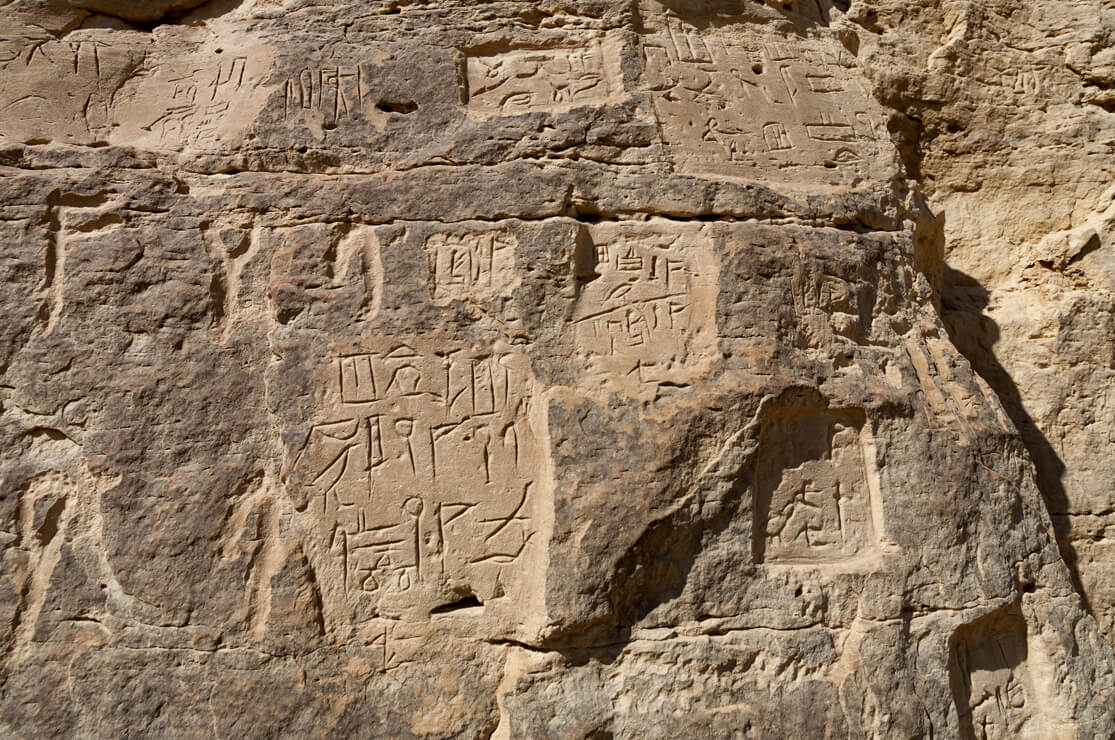
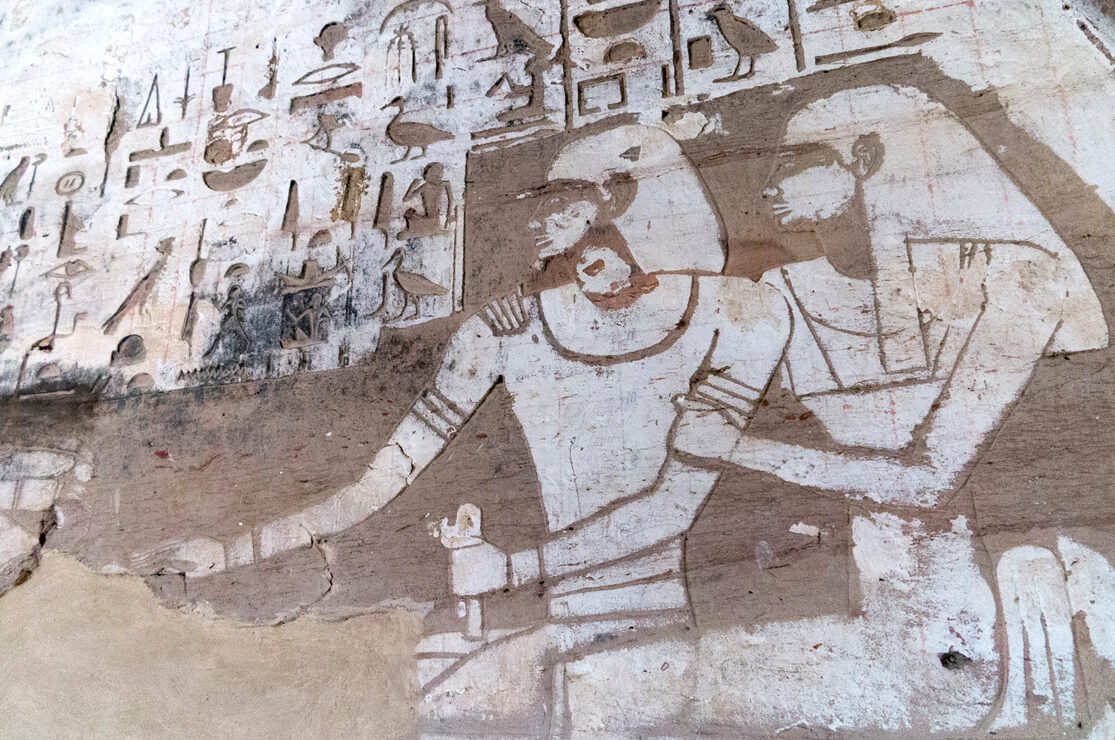
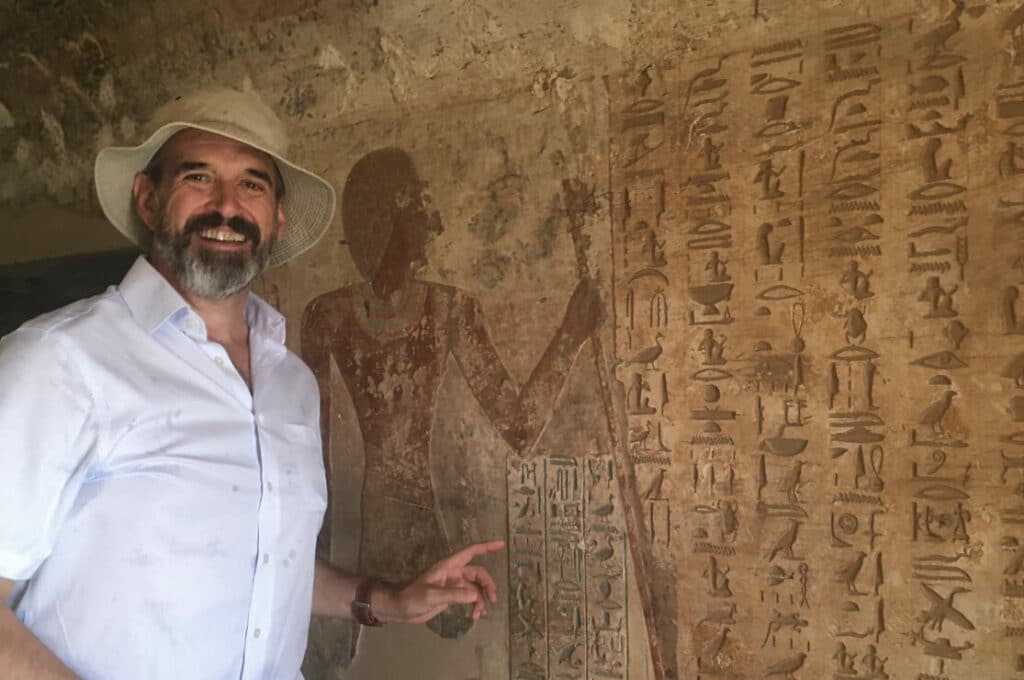
Next day we took the road south and headed to El Kab where Bill explained about festival routes through the desert. A chance to view graffiti at Vulture Rock before a stop at the Ptolemaic Temple and finally the tombs. Armed with the printouts Bill had given us the night before we had time to study the Autobiography of Ahmose, son of Abana.
On to Esna and the Temple of Khnum to see the ongoing work on cleaning the wonderful column capitals and ceiling being undertaken by the Ministry of Antiquities.
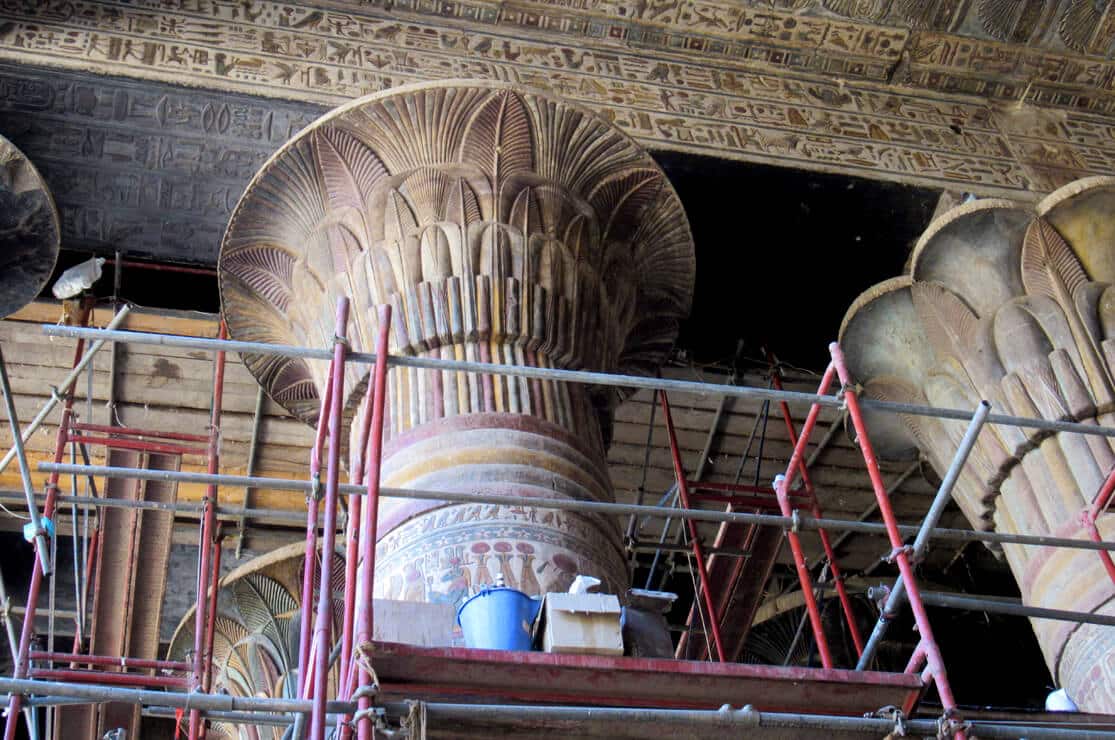
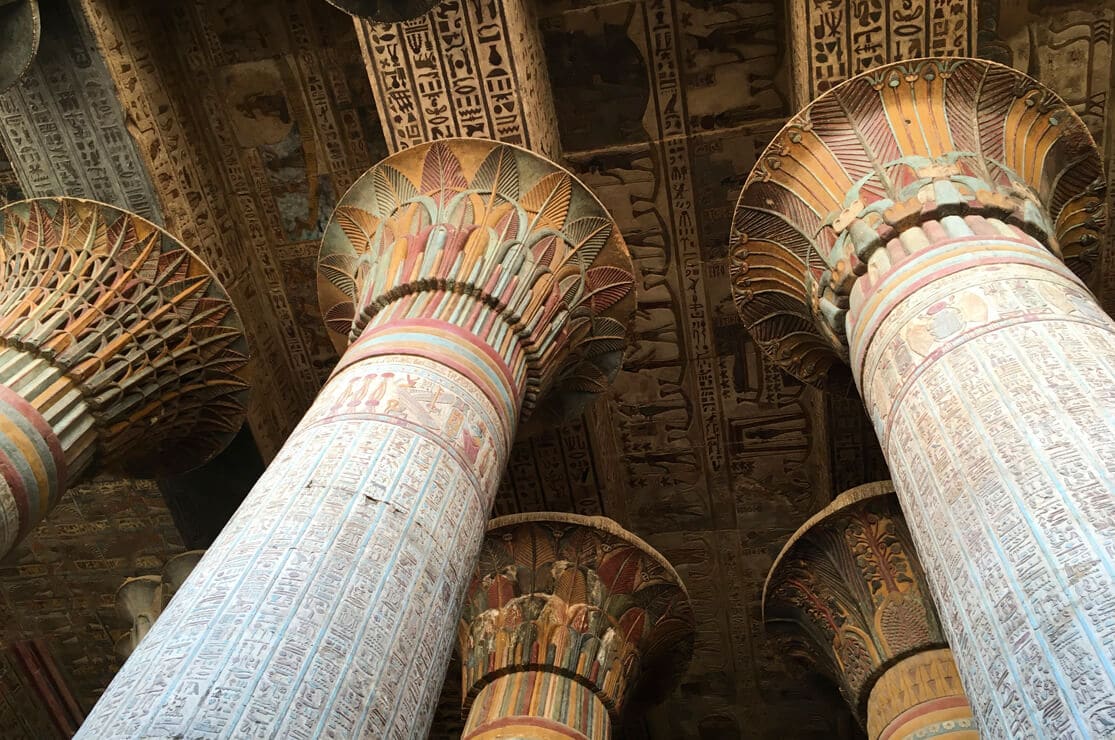
Finally, to Mo’alla and the tomb of Ankhtyfy, where Bill gave a lovely talk on how writings can be taken entirely out of context and that the tomb is a statement of success not failure. A fine end to a fascinating day.
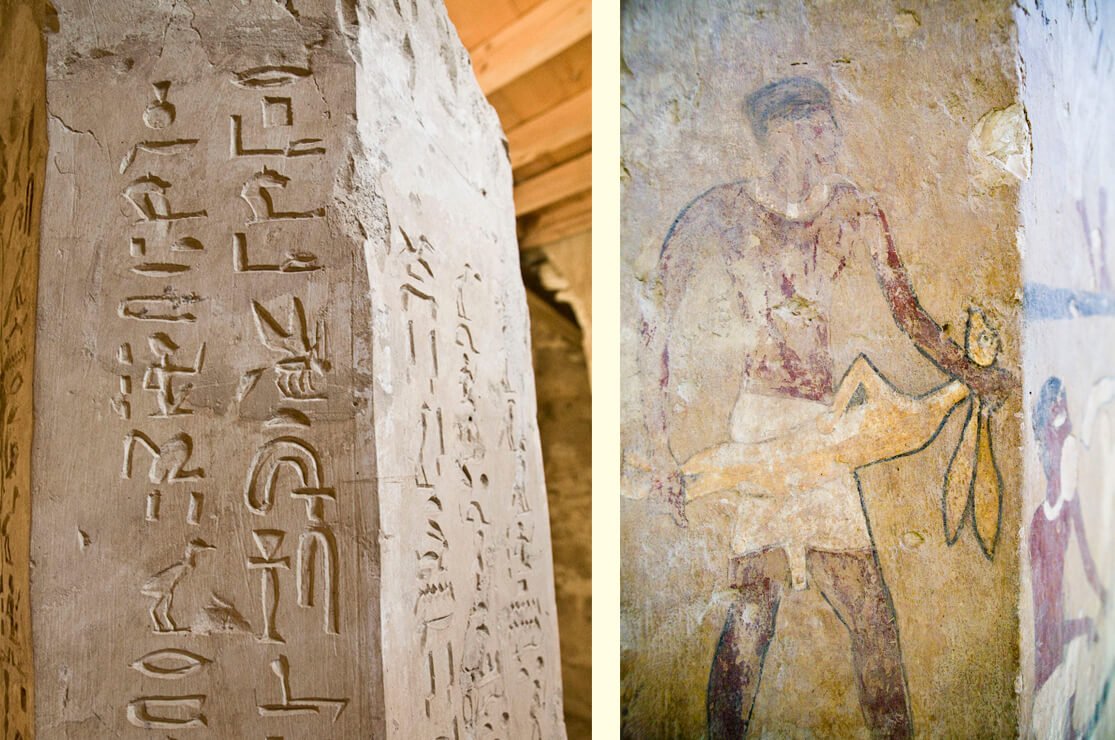
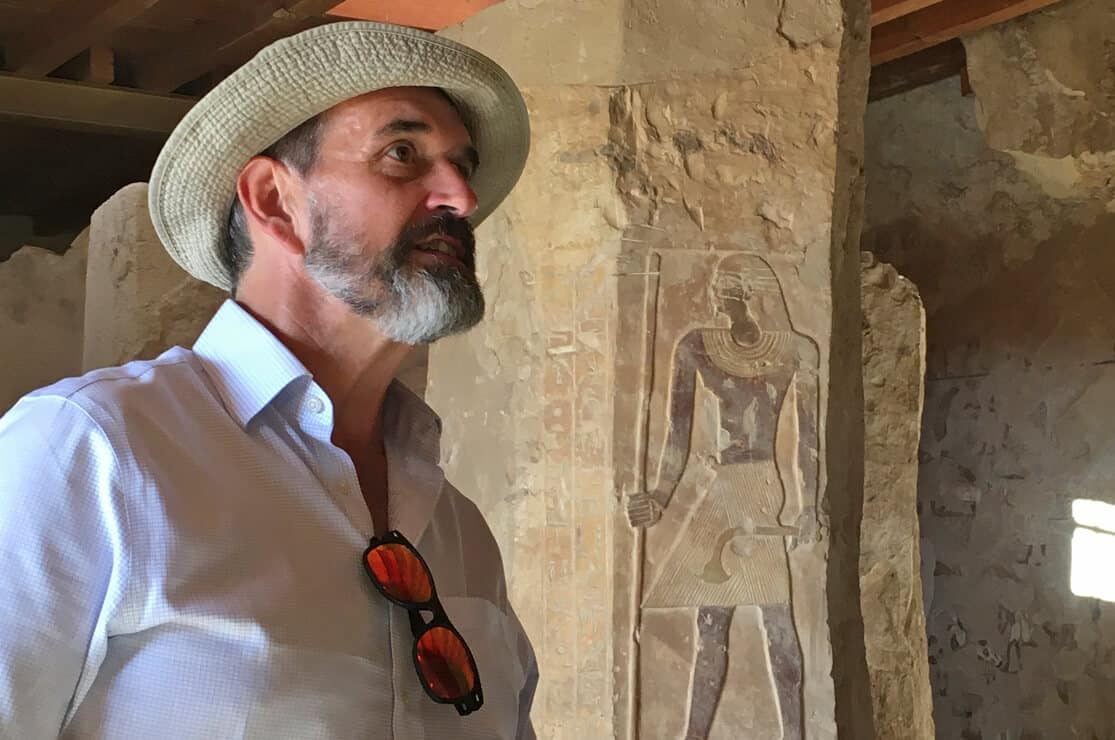
To the Valley of the Queens and the long-awaited entry to the tomb of Nefertari.
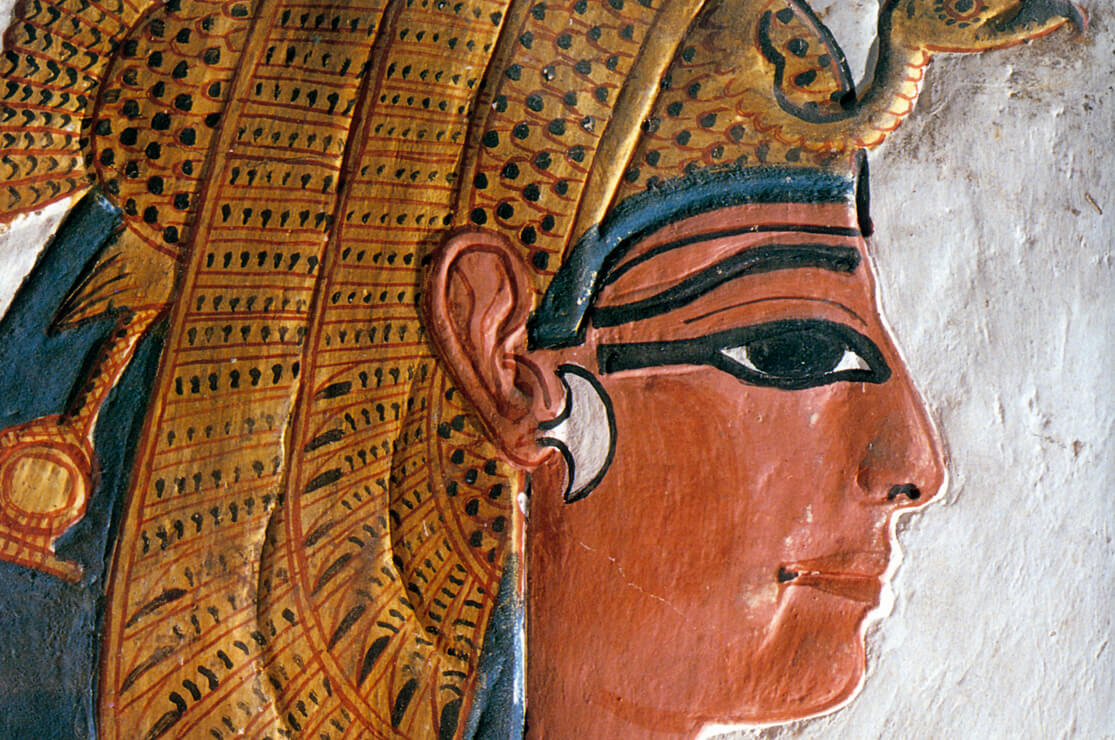
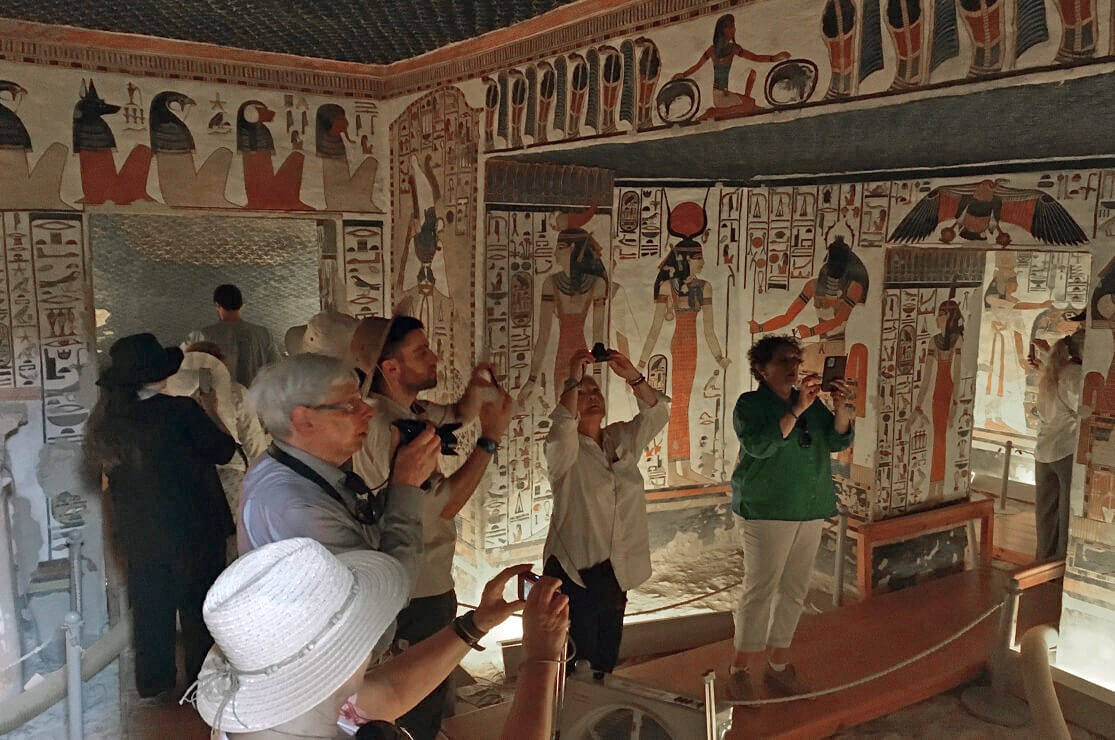
Next to Deir el Medina and Medinet Habu. We also walked to nearby Qasr Aguz meaning ‘Palace of Old Man’. This small temple sits in the village but was obviously very important on festival routes. After lunch we struggled around the Ramesseum but with the temperature in the shade at 42 degrees we did not linger, it was good to get back to the hotel for tea!
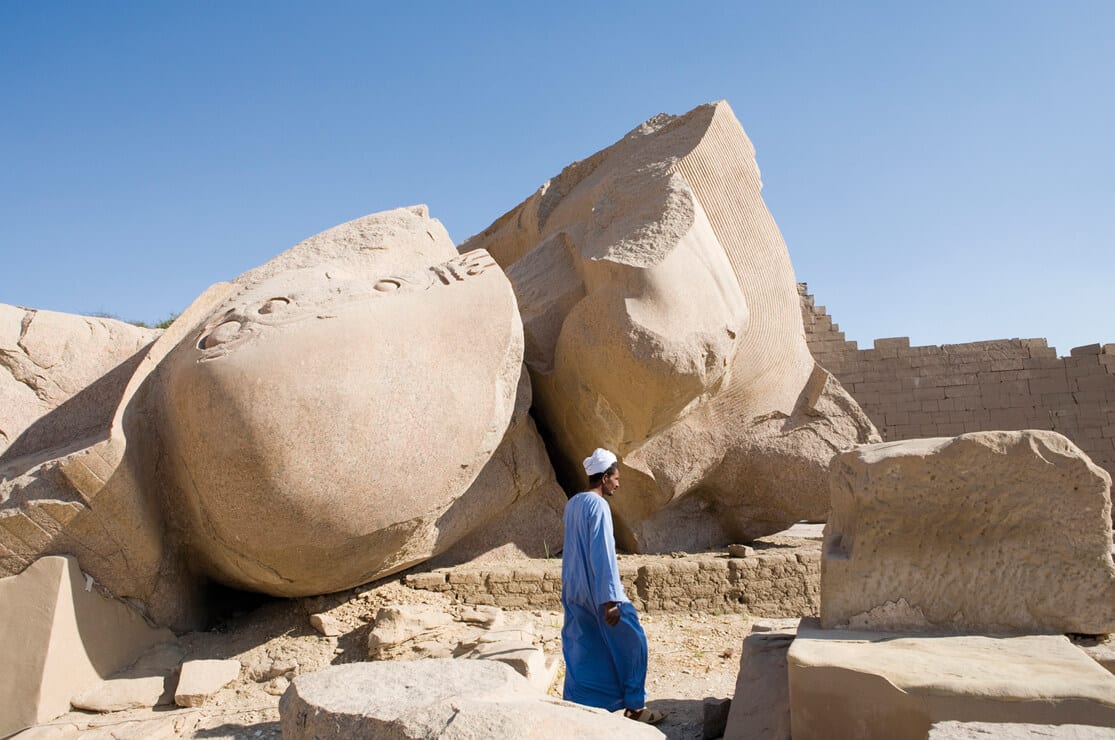
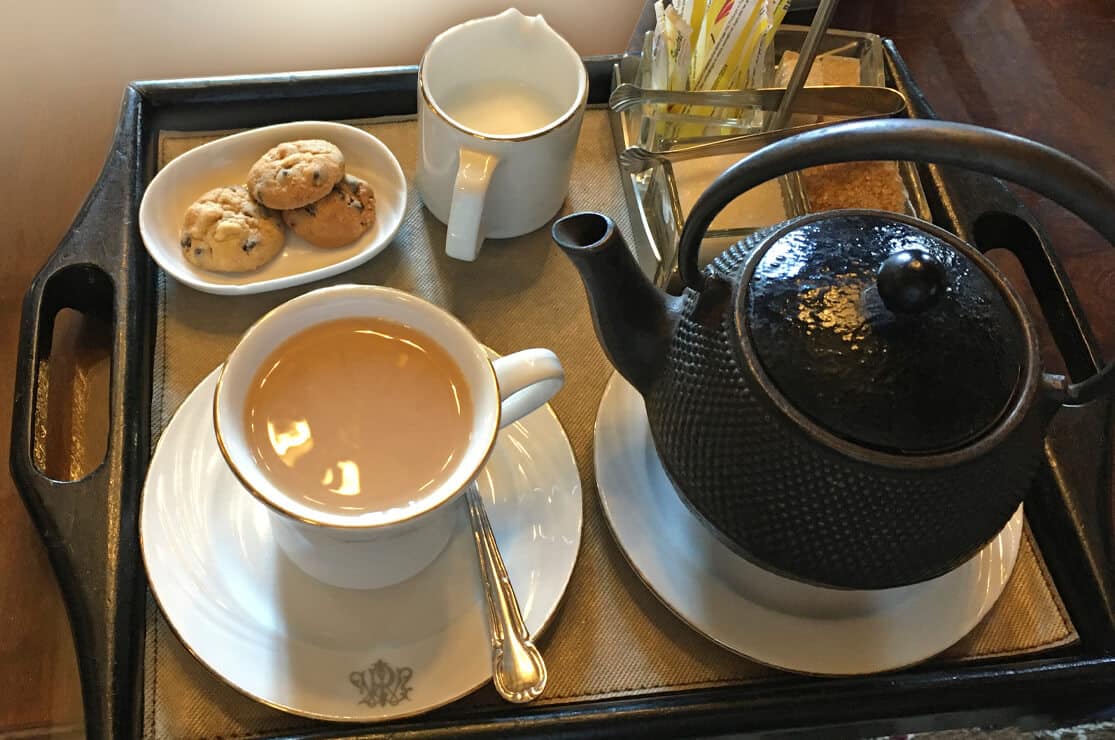

Of course, on a visit to Luxor you have to visit magnificent Karnak temple and Medhat gave us a fine tour with plenty of time to rest in the shade at the café by the Sacred Lake.
A hectic and exciting tour covering many miles and many sites. We thank all our Inspectors from the Ministry of Antiquities for their help and explanations of their work on sites throughout Egypt.
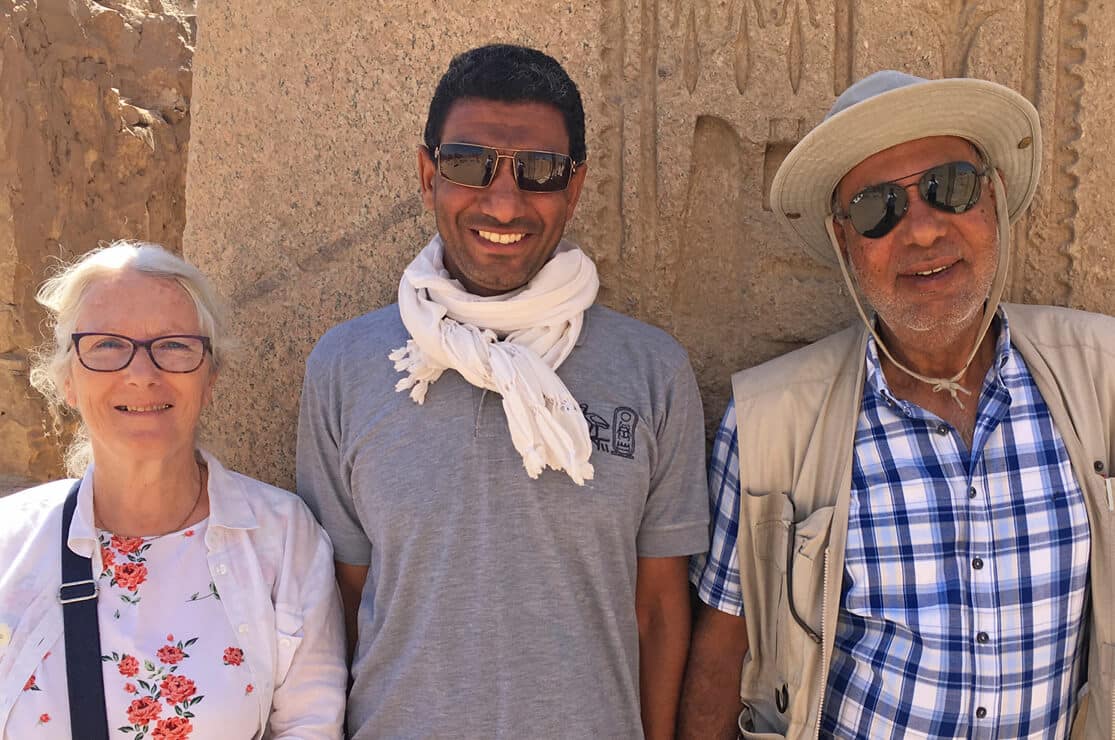
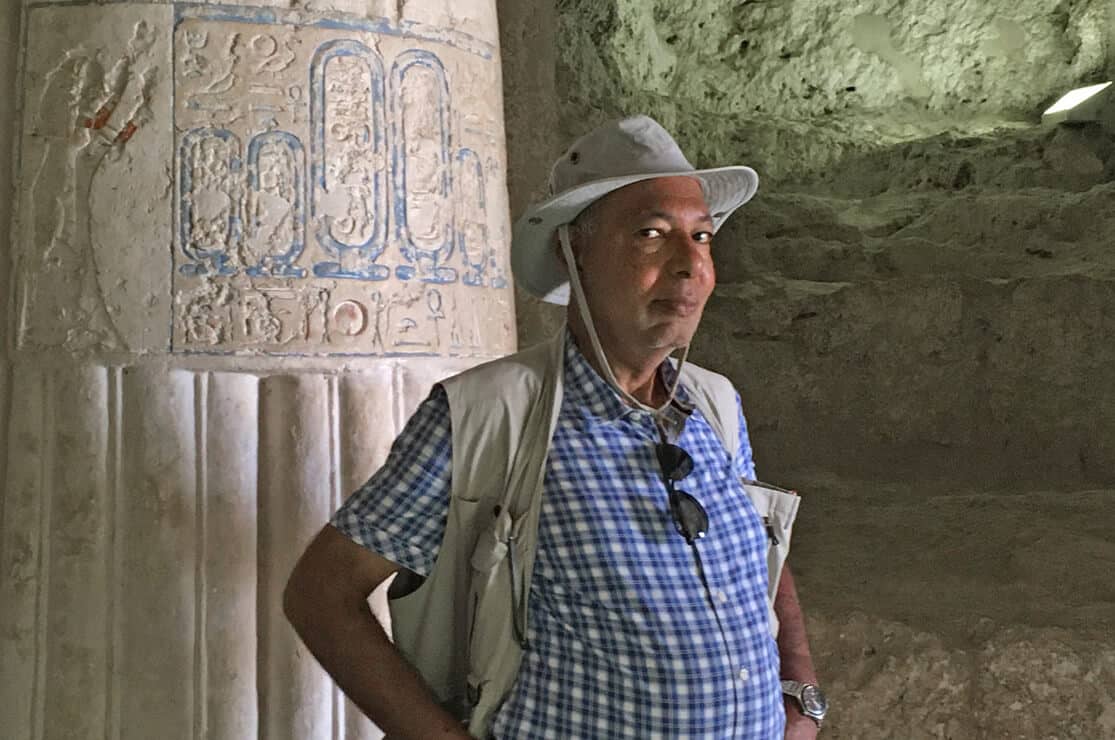
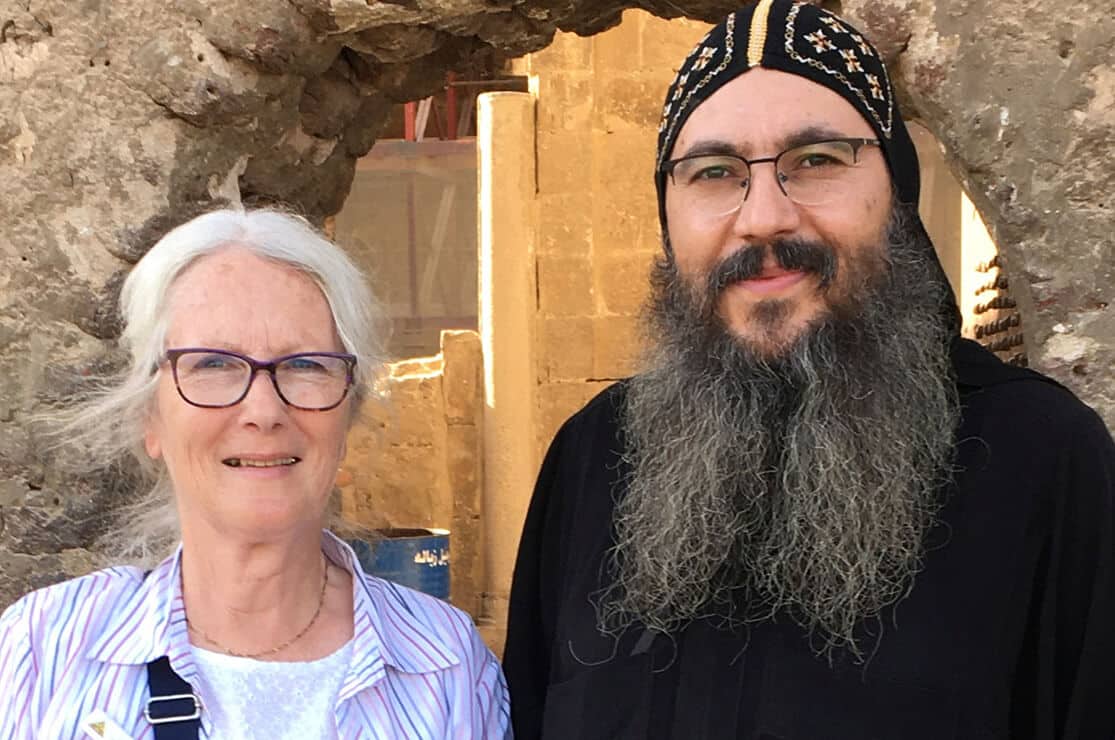
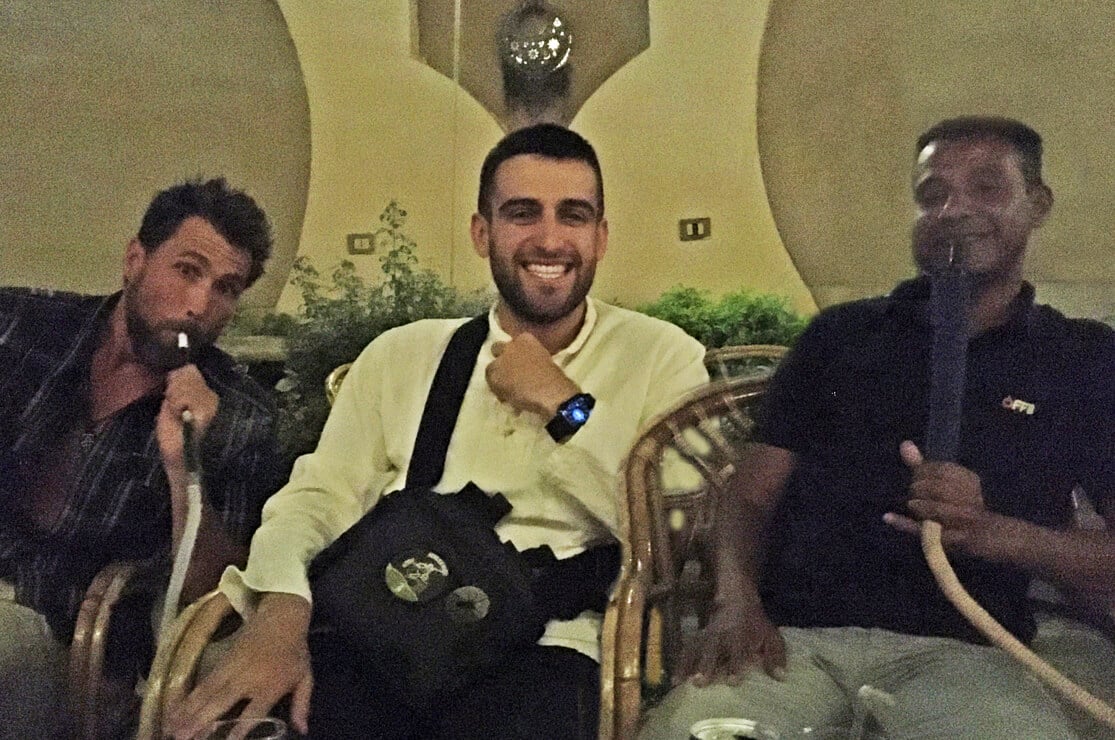
Thank you to Dr Bill Manley for the talks and the many questions you answered and for explaining what we see on the walls.
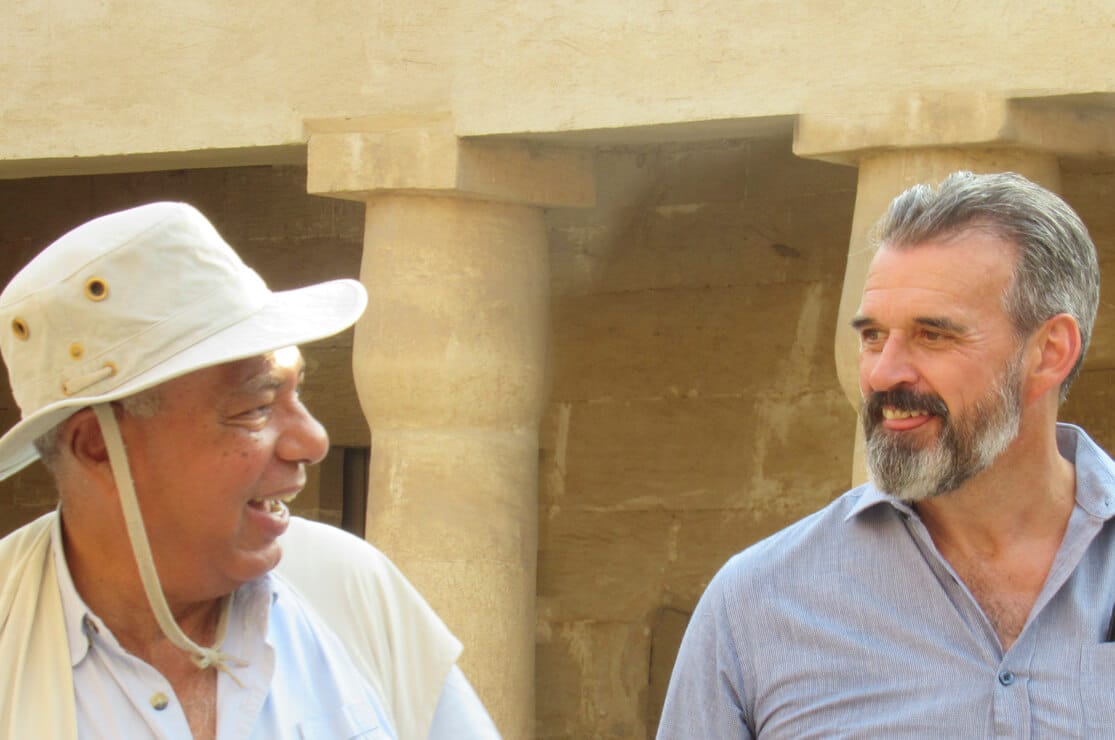
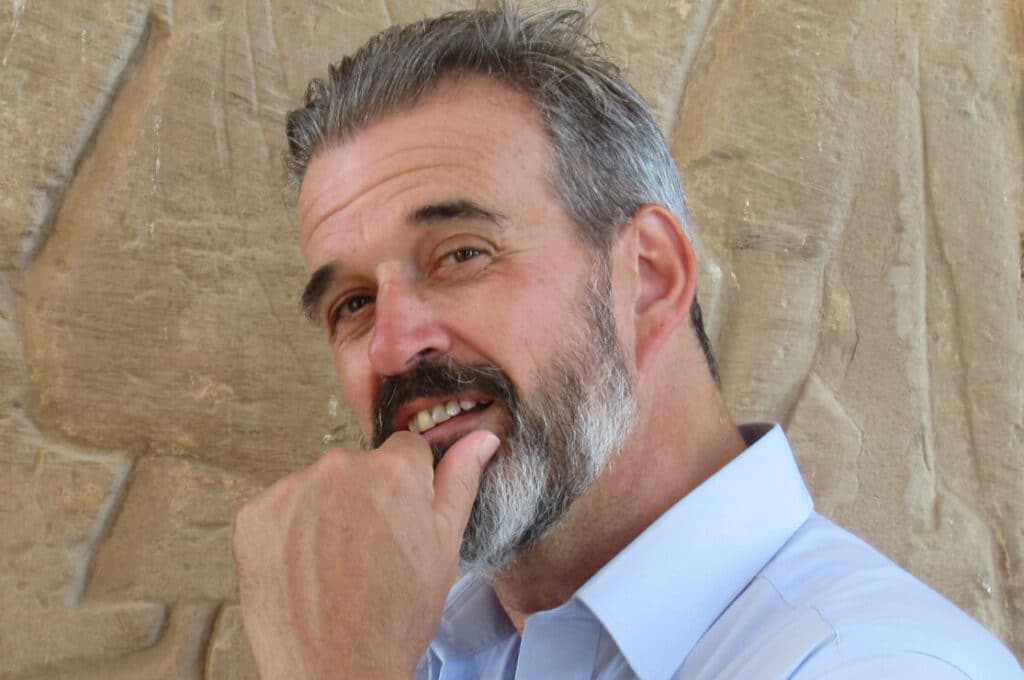
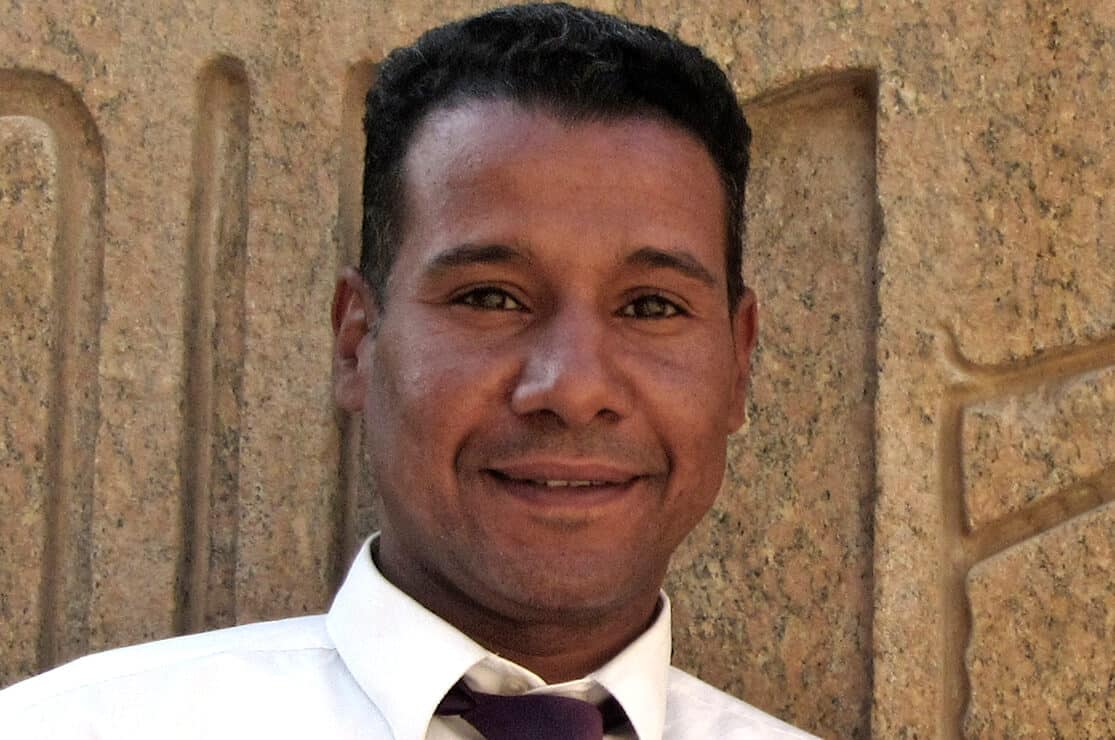
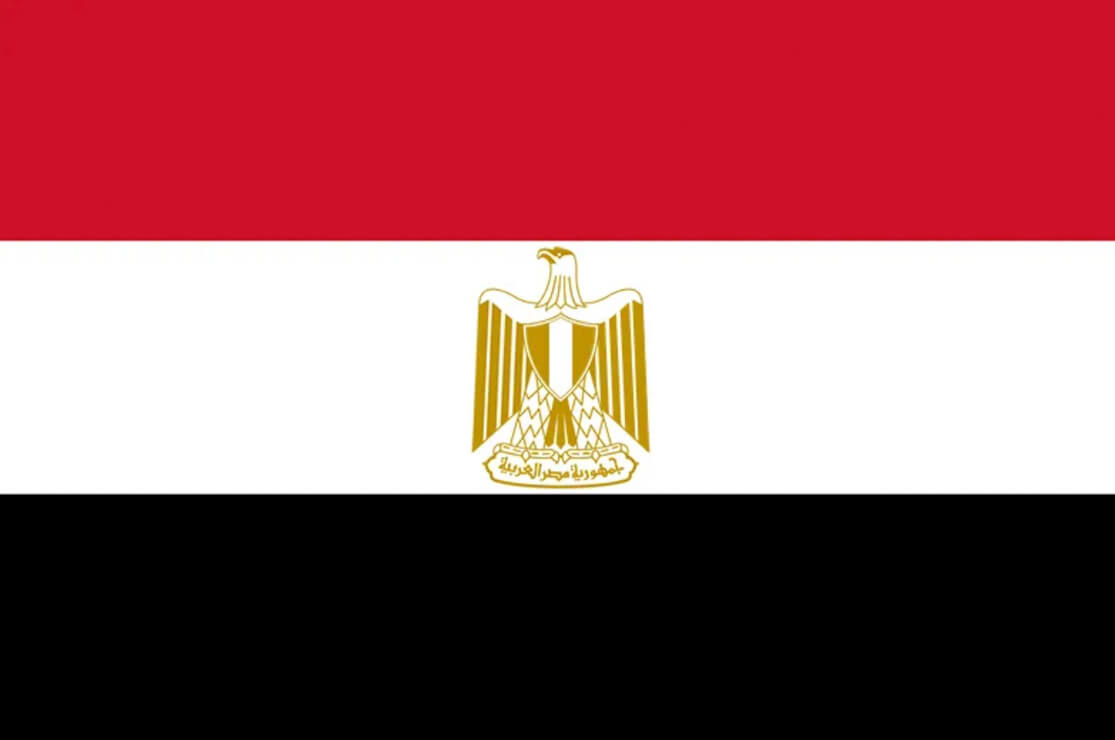
Thank you Medhat Saad for guiding throughout and to Traveline staff including Ahmed our wonderful coach driver. And not forgetting Wael – always there for us.
